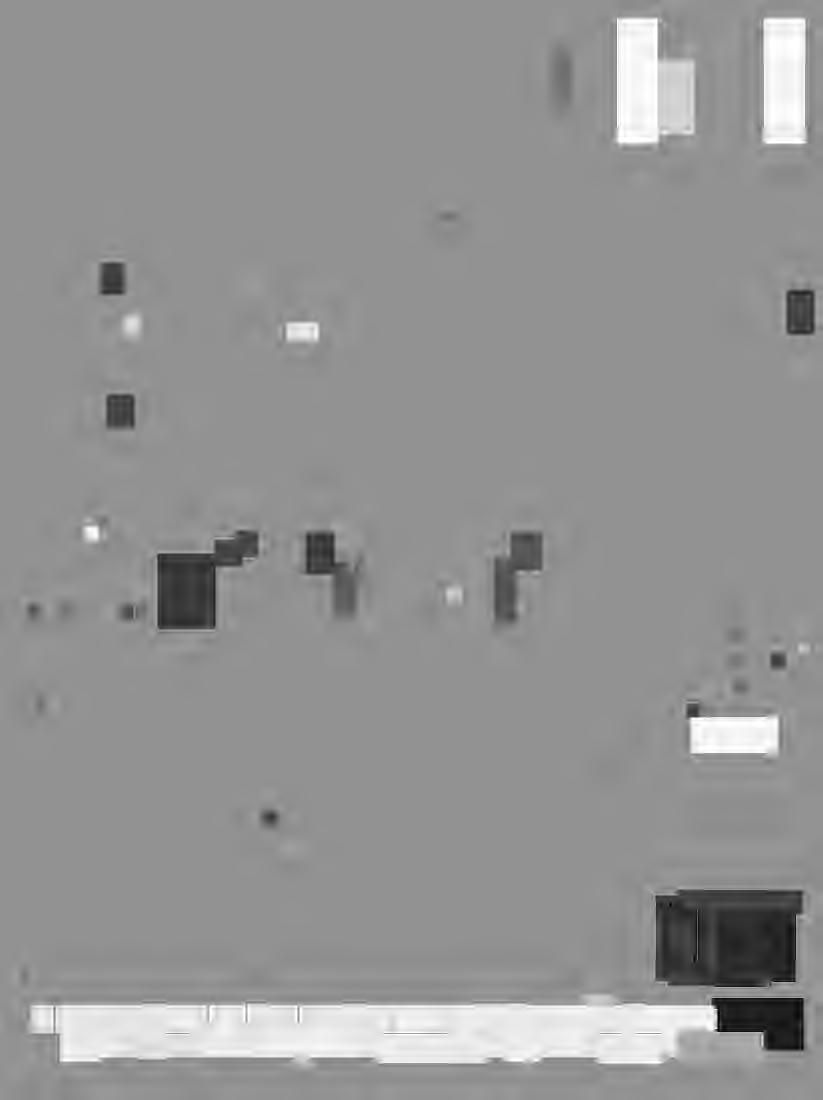
The Center acknowledgessupportfromindividuals, members,corporation,andfoundations;publicfunding fromtheNewYorkStateCouncilontheArts.
STAFF: ExecutiveDirector, Colleen Kenyon; AssociateDirector, Kathleen Kenyon; Assistant Director, Lawrence P. Lewis; ProgramAssistant, Kate Menconeri. WorkshopManager,Fawn Potash. BOARD OF DIRECTORS: Sheva Fruitman, Edward Garbarino, David Hall, Rollin Hill, Kenro lzu, David Karp, Colleen Kenyon, Arie Kopelman, Rebecca E. Lawton, Ellen Levy, Marcia Lippman, James Luciana, Joan Mack, Tanya Marcuse, Marc Miller, Jose Picayo, Lila Raymond, Ken Shung, Alan Siegel.
ADVISORY BOARD: Norton Batkin, Ellen Carey, Philip Cavanaugh, Susan Ferris, Julie Galant, Howard Greenberg-Founder, Sue Hartshorn, W.M. Hunt, Greg Kandel, Peter Kenner, Laurie Kratochvil, Peter MacGill, Ann Morse, Sandra S. Phillips, J. Randall Plummer, Ernestine W. Ruben, Kathy Ruttenberg, Julie Saul, Susana Torruella-Leval.
WORKSHOP INTERNS: Danielle Goodyear, Dena Mehalakes, Lisa Tarchak, Craig Warga.
ARTS ADMINISTRATION INTERNS: summer 1996 Liz Batista, Sam Gordon/fall 1996 Heidi Aherns, Jason Dangerfield.
PHOTOGRAPHY Quarterly #68, Vol. I 7 No. 3, ISSN 0890 4639. Copyright© 1996 Center for Photography at Woodstock, 59 Tinker Street, Woodstock, New York 12498. TEL 914 679-9957 FAX 914 679-6337. Visit us at http:// users.aol.com/cpwphoto. EMAIL CPWphoto @aol.com.
Catalog essays © 1996 Diana Stoll, Elizabeth Edwards, and Siobhan Somerville. All photographs and texts reproduced in this Quarterly are copyrighted by the artists. All rights reserved. No part of this publication may be reproduced or transmitted in any form or by any means, electronic or mechanical, without written permission from the Center for Photography at Woodstock. The opinions and ideas expressed in this publication do not represent official positions of the Center. Printing by Kenner Printing Co., NYC. Editing and design by Kathleen Kenyon, Assistant Editor, Kate Menconeri. Copy editing by Teri Roiger and Joan Munkacsi. Composition by Digital Design Studio, Kingston, NY. The PHOTOGRAPHY Quarterly is distributed by Bernhard DeBoer, Inc., 113 East Centre Street, Nutley, New Jersey 07110; Desert Moon Periodicals, Santa Fe, New Mexico; and Fine Print Distributors, Inc., Austin, Texas.
SUBSCRIBE: to receive the PHOTOGRAPHY
Quarterly four times a year, become a Subscribing Member, donation: U.S.A. $25 / Canada & Mexico $40 / International $45. Make checks payable CPW, MCNisa accepted. Memberships are tax deductible to the extent of the law.
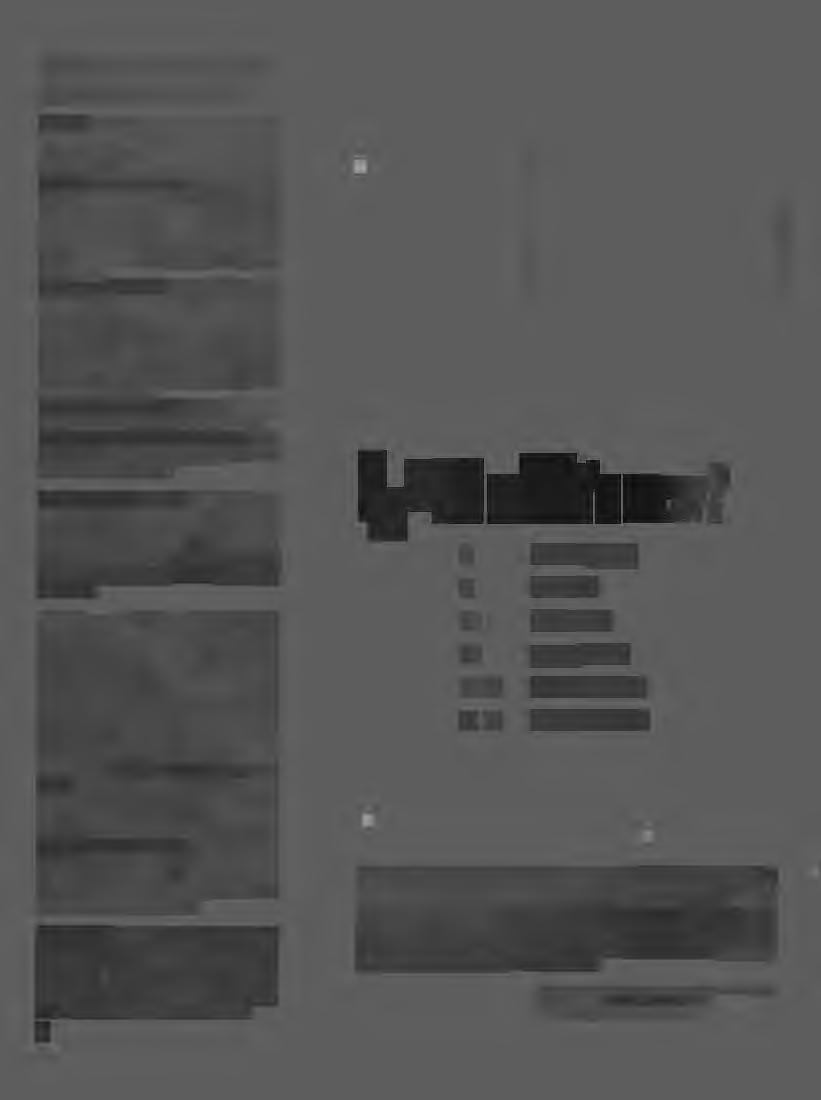
Foundedin1977,theCenter is anot-for-profit501(c)(3)artsandeducationalorganization.Our servicesinclude:darkroom,library,slide/videoarchives,permanentprintcollections,slideregistry, classes,lectures,film/videoscreenings,workshops,gallerytalks,internships,portfolioreviews,a slideregistry,andmemberships.Centergalleriesandeducationalresourcesarefreeandopento thepublic.Ournewschedule,duetofundingcuts,isThursdaythroughSunday,noonto5:30 pm.TheCenter'smissionistoprovideanartisticlromeforcontemporaryphotographerswith programsineducation,exhibition,publication,andservicesw11ichcreateaccesstoprofessional workspace,nourishingresponses,andnewaudiences.
COVER:© 1993 Nina Kuo, Chi Pao Diet, (original 252x35" Iris print on silk cloth and wood)
2 Pq#68what'snew? 3 kathleenkenyon 4 dianastall 14 heidi ahems 15 gwenn thomas 16 -20 elizabethedwards 21 - 23 siobhansomerville
introduction photography now
opportunity knocks & noted books in light
from negative stereotype to positive image silvia malagrino's testimony
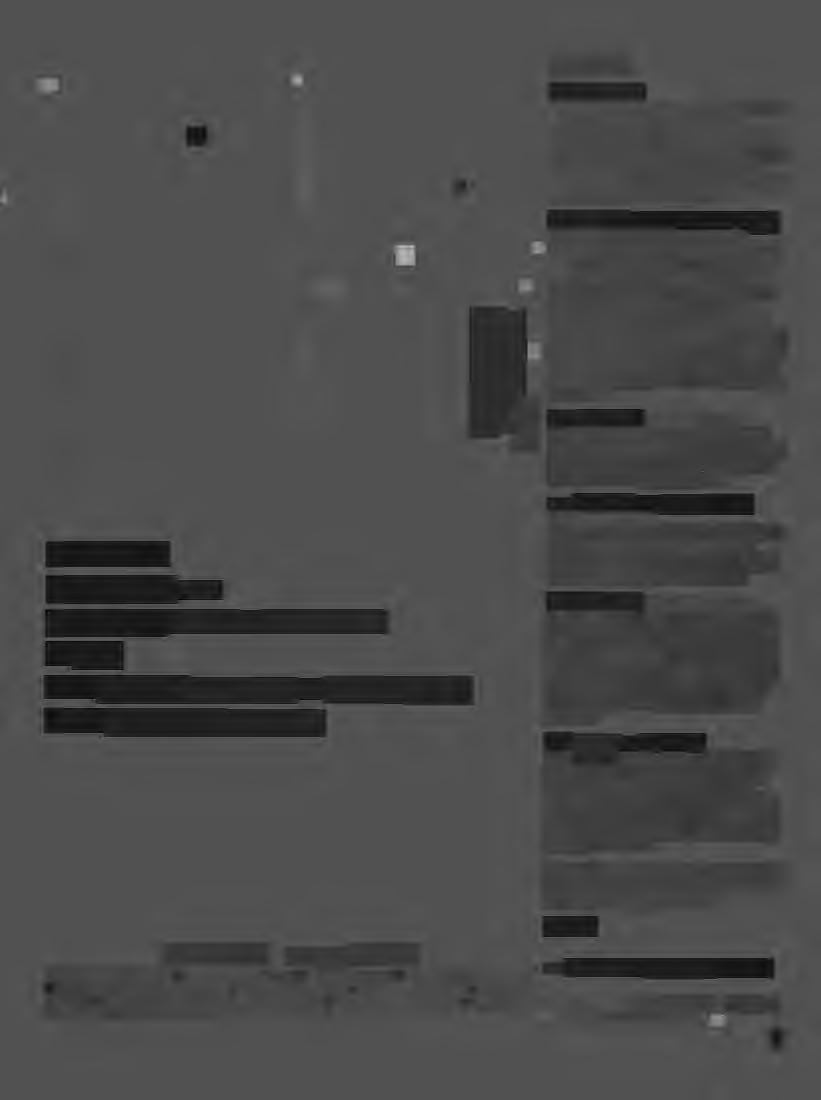
Center needs/ can you donate?
electriccorrectingtypewriter • polaroidinstantcameras • tripodsforcameras • llxl4"contactprintframels • 16x20"fourarmdarkroomprintingeasel•4x5polaroidcameraback•studiolightingequipment•4x5enlarger, withlens•newandusedphotographybooksforfuturebookstore•archivalcases/boxesforprints•ligl1tboxesfor slideviewing•videomonitor/deck•yourmailinglist(fornewmembershipdrives)
introduction
what's new? [novel,original]
Auniqueorganiration,theCenterforPhotography atWoodstock isunparalleledinitsfocusoncontemporarycreative photography. It isournicheandpositionsusforcefullyinthe photographycommunity.TheCenter'scomprehensiveprograms andservicescreateitsclearquality.Morethana galleryor researchlaboratory, a darkroomorschool,anarchiveorlibrary, theCenter isanartistichome - literally - aCenter.
how is tlte world treating you?
Wecongratulate1996Photographers'FundFellowship recipients,Matushka(LakeHill,NY)andNancyEngel(Albany, NY).WethankimaginativejurorsDavidHallandAnnMorse, anddonorswhomadethisgrantpossible,KenroIzuandArie Kopelman.Ourfellowshipprogramwasdeveloped in 1980for theexpresspurposeofdiscoveringandrewardingregional artists.Ourvisitingartists'program,WoodstockPhotography Workshops,(andtheparallelLectureSeries)begunin 1977,isone ofthecountry'slongest-running.Theeducationalseriesfeatures internationallyrecognizedartistsasteachers.HatsofftoFawn Potash,workshopmanager,andher1996internsDanielle,Craig, Dena,andLisa.
what's new? [recentup-to-date]
Ourfuturesightisonkaleidoscopicculniralneeds:welookto attract a prismaticconstituency.Bypresentingmorewelcoming programs,wearebuildinganavenuefornewrevenue,andan additionalaudiencewithmultiplepointsofview.
we haven't met since tflen ... [renewed,rejuvenated]
Thepermanentcollectionhasbeenplacedonlong-termloanto theStateUniversityCollege atNewPaltz,NewYork.The revitalizedslideregistryhasbecome a benefitforourmembers, anda newcomputerimagingstationhasbeeninstalled, what's new? [uncharted,unexplored]
Itisourfutureroletoaddstepsinourresidence - toadvance anaudiencetoa newanddeeperunderstandingofthecreative process.Inthenextcenturythenumberofculturalspaceswill bereduced.Visionaryarchitect,DeborahBerke,hasredesigned a planforustoembrace a broadersociety.Togivetheaudience anartistichomeistheCenter'sobligation.Here - withour supportsystems - wewantallindividualstofindcultural refreshment.
but seeing you is grand-
OurlocationinthehistoricartcolonyofWoodstock,NewYork, andinthemid-HudsonRiverregion,(whichhasthehighest numberofartistspercapitainNewYorkStatefollowing Manhattan},hasserveduswell.Ourproximity toNewYorkCity isa resourceallowingtheCentertoholda parallelcityagenda: therewesponsorexhibitions,panelsoncollectingphotography, workshops,andstudiotours.
TheCenterhasa historyofovertwentyyearsofinspiringartists andeducatingaudiences.Themagnificationoftheseinitiativestoanall-encompassingassembly-isourvision.
adieu! - kathleen kenyon, editor
(What'sNew!Lyricby Johnny Burke/musicby BobHaggart, c MCMXXXIX,M.Witmark & Sons N.Y.)
::;. "' ..c 2 8 0 ..c -.:: <1) ;,"l:;J 0 0 0 .; r:Cl"' ¥ ..c 2 '° °' °' @ 8 0 ..c -.:: "' e." "' "§"" u
¥ ..c 2 '° °' °' @ 8 0 ..c -.:: "iii ..c <1) ;:;. "' " <1) Cl "' <1) ;,"l:;J 8 0 '° °' °' @ 8 0 ..c -.:: ..>:"' ..c 2 .'l ;_J
3
photography now
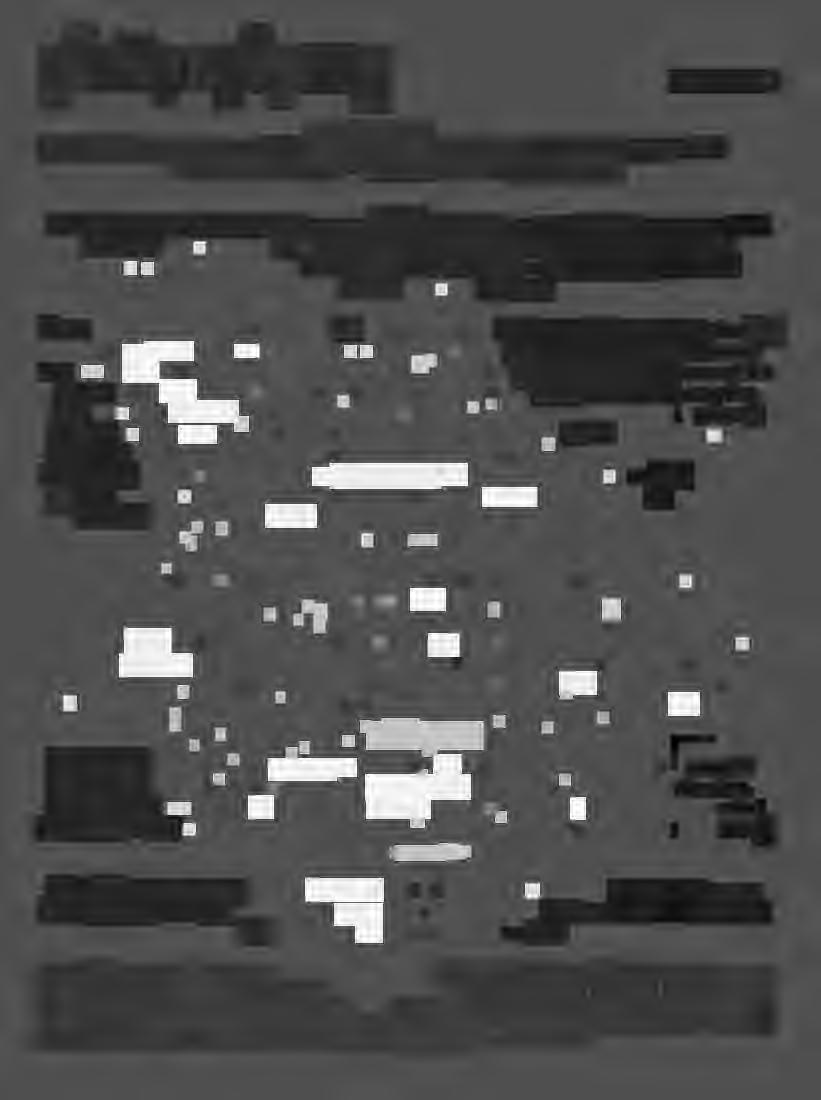 diana stoll
diana stoll
Explanationseparatesusfromastonishment,whichistheonlygatewaytothe incomprehensible. - Eugene Ionesco, Decouvertes
We look at photographs and we are taken by them, or not. This is a process that can't be rati zed by any amount of criticism, aesthetic inventiveness, psycholo • buff, intellectual disinterment -any amount of words. urating isn't a rational process.
If we ~t••-~"'••M~~ we sus • ,~.-.. that they will stay alive for us, an lflllllllllil·~~-~A!al~~__ ,.,. ur minds. Perhaps the more we lo ...... 5~ ltJM~itAl~~-f. Ji-111-~ mediately able to sort the crea ~-illfit·-~ es, as the case may be.
Our effo ~~--;s~~-•Wit.: ich inevitably plays a central rol ···••MIii ~-.-.: be made without it.
Our own se ~-••et~--N~~-~ ach viewing, and our visual re .,•••• WJ~ n -and intuition -over time. ,,..~~-~~~~~~~-lftlil-.1·~ re to guess that there is s at crucial,
He s intelh Diffe
I first saw t that the Cent these pieces too to expect - not onl
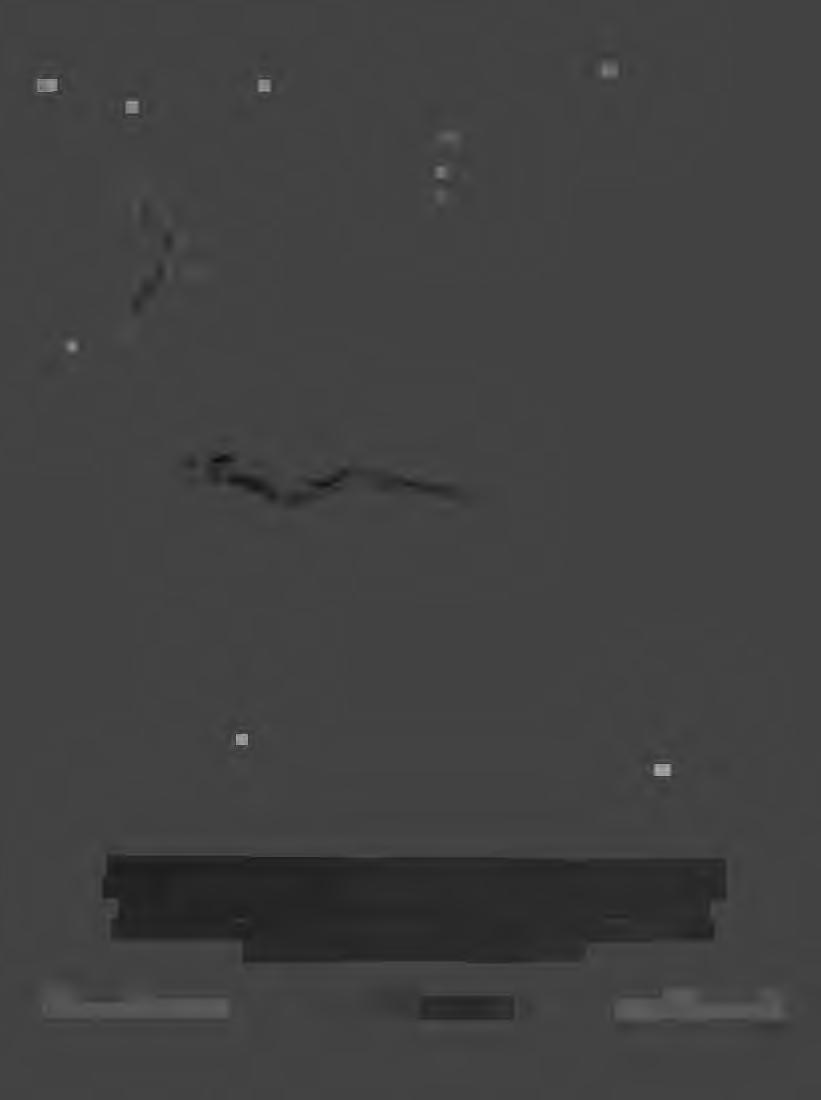
Are these images simulacra of past dreams, lives, longings, or present realities? Hints of trysts, conquests, and experiences of generations untold? How does the photographer transcend natural order and provoke imagination with ethereal emotions? Like a hall of eternal mirrors, perhaps time has not gone by but has evaporated and returned in a ghostly vision.
Cohen, Printemps, 1995
cohen
(original 8x 1O" color emulsion transfer print)
marcy
(California)
(original l lxl4" sepia toned silver print) 5
Cohen, TheChateau, 1995
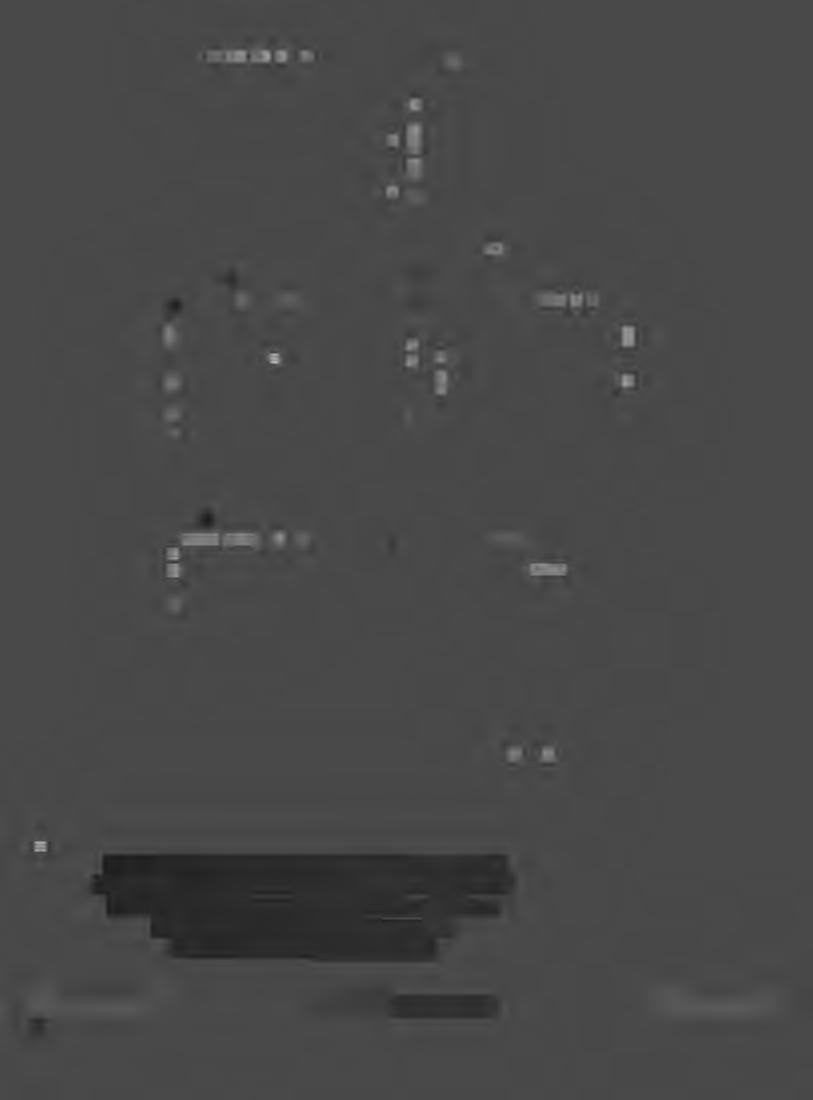
What has been gained in four decades and what has been lost? What valuables have been discarded? What coveted meanings seem devoid? What are the new dreams? Where did the old ones go to? Is there chance of understanding?
Feuer, Self-Portrait #124, 1995
6
(original 20xl6" silver prints)
ejlat
feuer(New Jersey)
Feuer, SelfPortrait #42, 1995 (original 20x16" silver print)
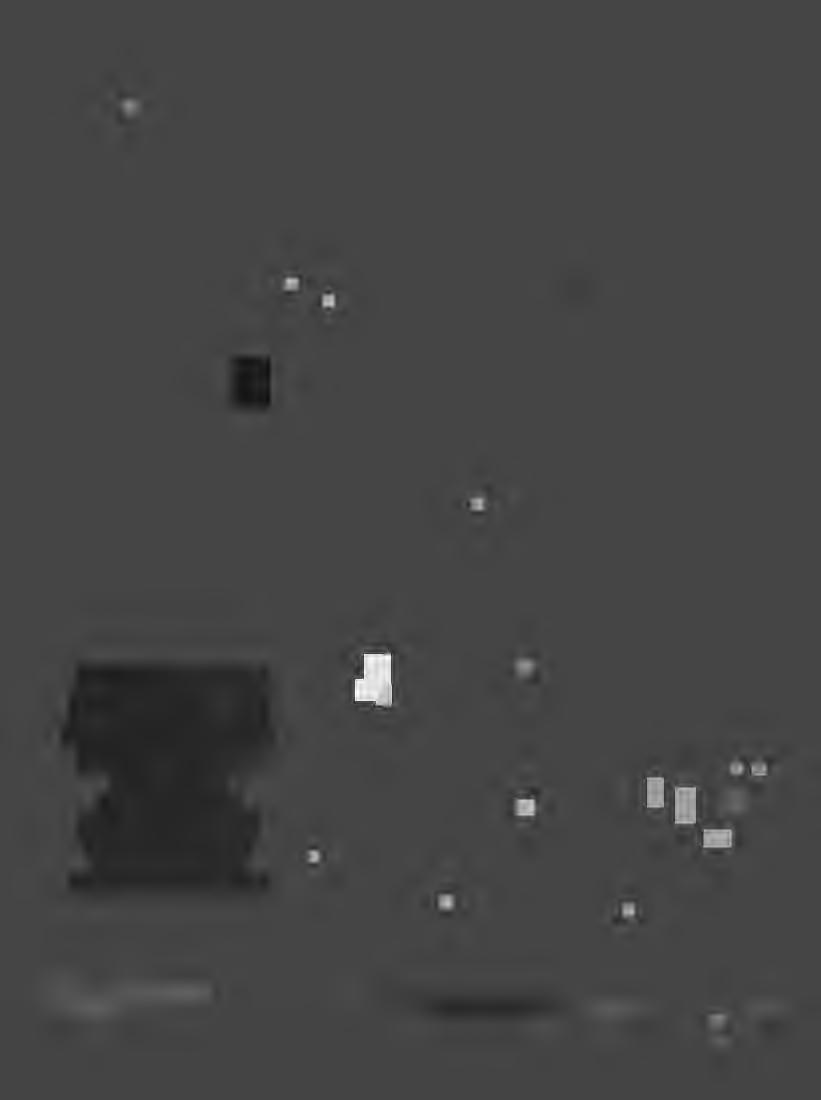
A word like security can mean enveloping -like a hug, or threatening -like barbed-wire. Defining limits (like a line drawn in the sand) can be a confrontation or a challenge. But the line, though not physically challenging, can be psychologically daunting.
Hawkes, Sliced, 1994
(originals 14x18" toned silver prints from Polaroid negatives)
pamelahawkes(Massachusetts)
7
Hawkes, Still Life with Peeled Fruit, 1995
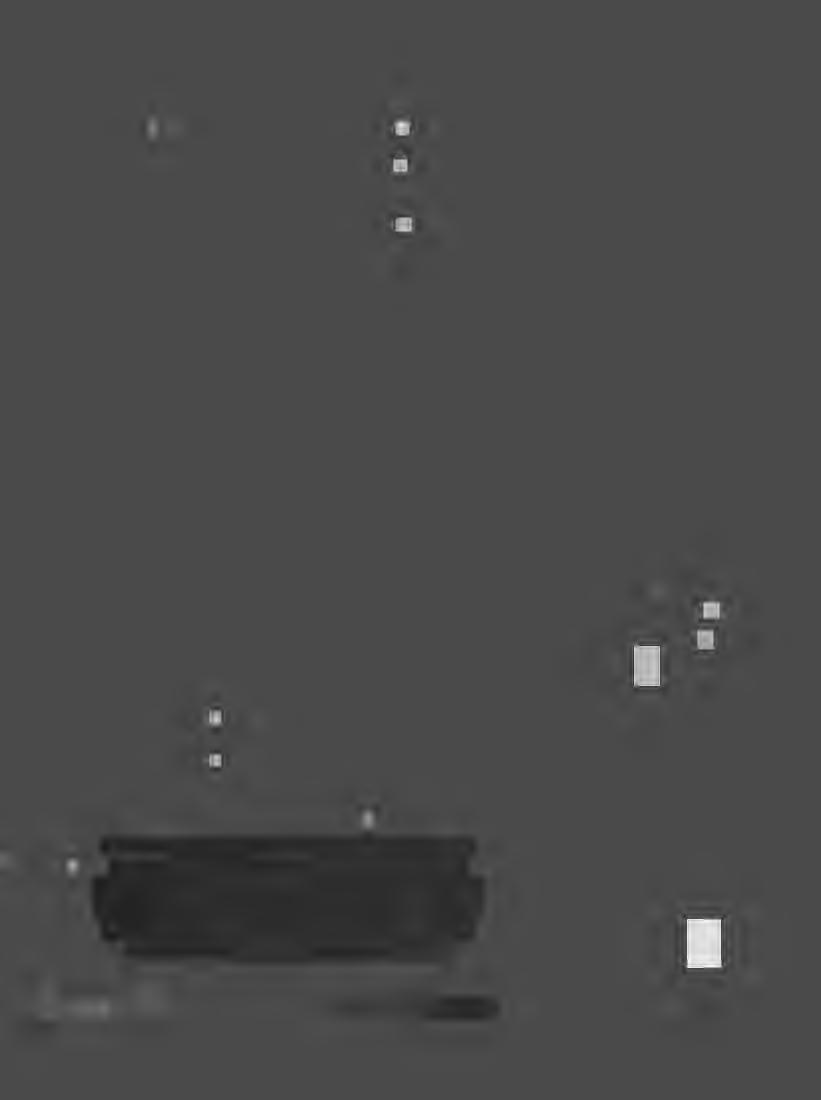
The camera is a tool of wonder. It enables me to convey magic. I create an ethereal realm with Neptunian reverence in my underwater studio. The brilliant sun-surfaced water overhead ripples. The play of liquid, light, and shadow define exquisite human form. Everything moves as I click.
(original
salt prints)
Hope, TowardtheLight, 1993
7'/zx4 '{.''
8
Christinahope(Florida)
Hope, NightPassages, I 993
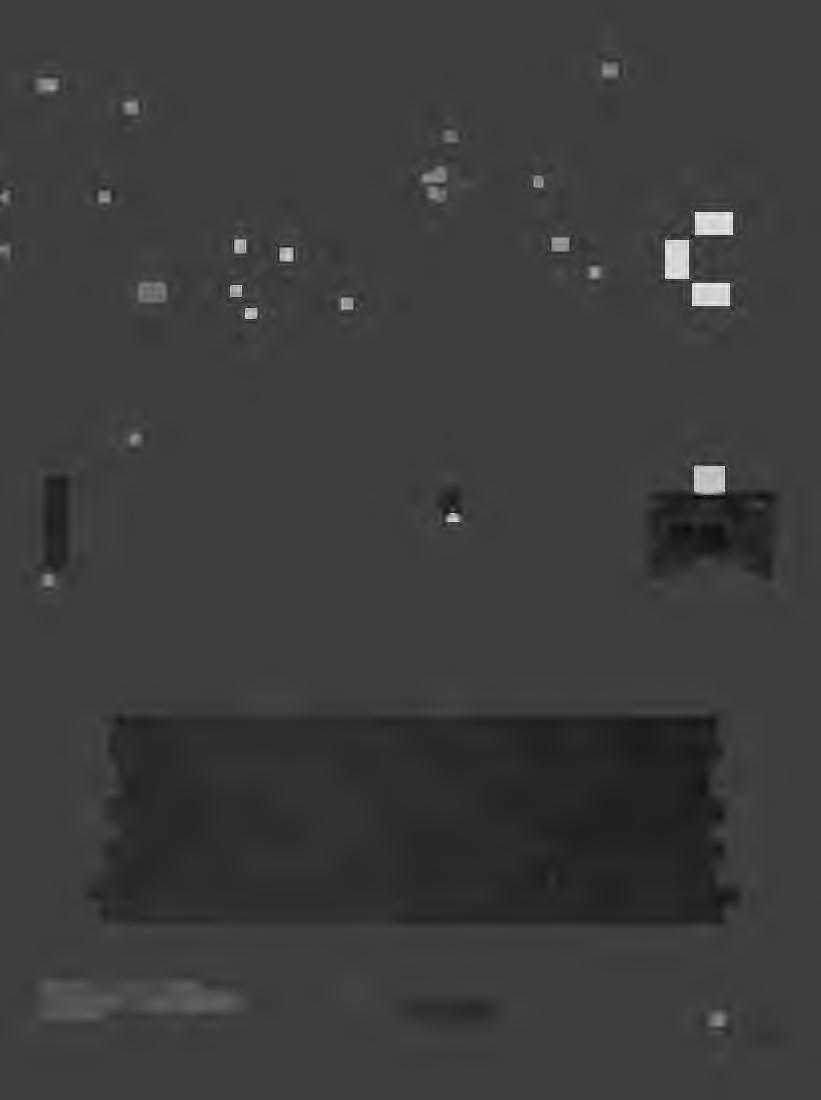
As an artist, there is a compelling attraction to depict the physical beauty and enigma of my Asian American culture. A dichotomy is presented in my work: an inherited, preserved, Asian culture and the in-transition, contemporary, Asian American culture. These portrayals present a borderline between reality and illusion, challenging interpretations of identity. I examine the symbolism of food, architectural detail, and signage. Juxtaposing figures with these elements is reminiscent of the "pop" culture seen in Chinese cookbooks, restaurant designs, Hong Kong films, graphics, and kitsch. By interpreting the contemporary Asian American world, I aim to transcend limitations of the traditional (that with which we are constantly associated) and create a positive reclamation of transplanted life.
Nina Kuo, Velvet Slipper Girls, 1993
nina kuo(New York) 9
(original l lx25x3" silver print with collage and velvet shoes)
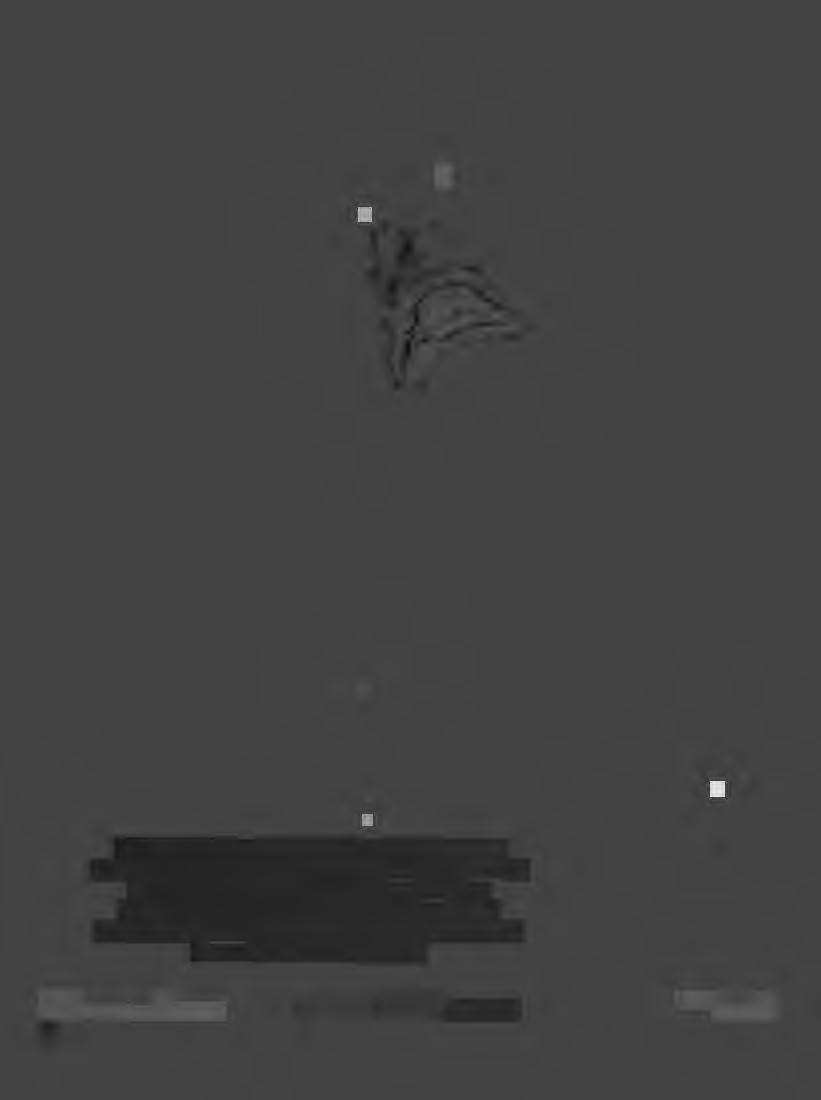
My computer is an extension of my mind. I capture, destroy, and recreate myself with fifty different faces. By manipulating photography, it appears that I am manipulating reality itself. By changing my image electronically, I seem to change myself psychologically. I move into a world of fantasy.
Marshall, Self Portrait #3, 1994
Jonathanmarshall(Arizona)
10
(original 6x6" digitally manipulated C-prints)
Marshall, Gesicht, 1994 (original 7x5")
I choose the image that is slightly off-kilter so that we wonder exactly what we are seeing. I discovered a method of printing
which make my
pictures appear to have been buried in a trunk - in someone's attic -for a generation.
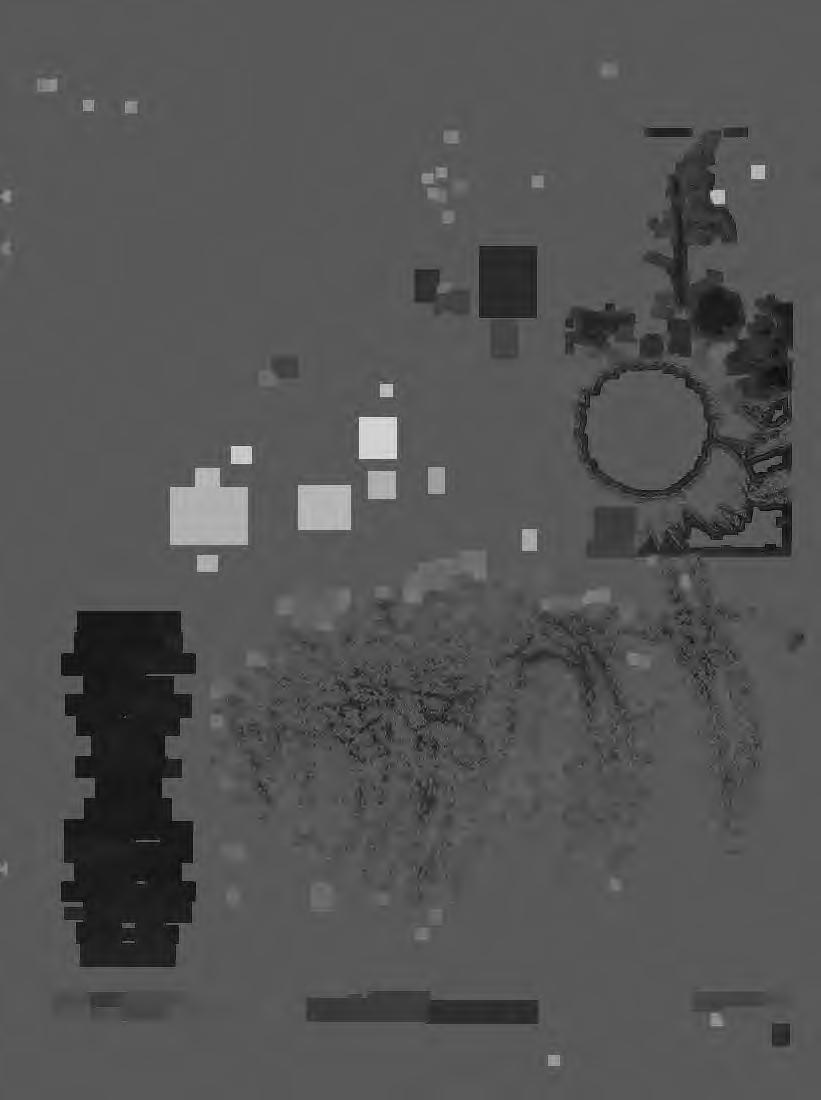
.. ' Jt':\-:
.,,,< ,· 14' 4;,, -~ .~ {'>,t, ;., :,..,. 'i, ·~l ~.,r.' • , ' )PJ.ir \t, ,\ r..,":'\. J, #>:"',.,, . . "' .. ' • ' <"'"t, ~;. ..\.
•~
' . ,· . .
Marsted, Gubbio:Girasole, 1995 (original l lxl5 11 vellum over silver prints)
marciamarsted(Connecticut)
Marsted, Gubbio:Willows, 1995 (original 9xl3")
11
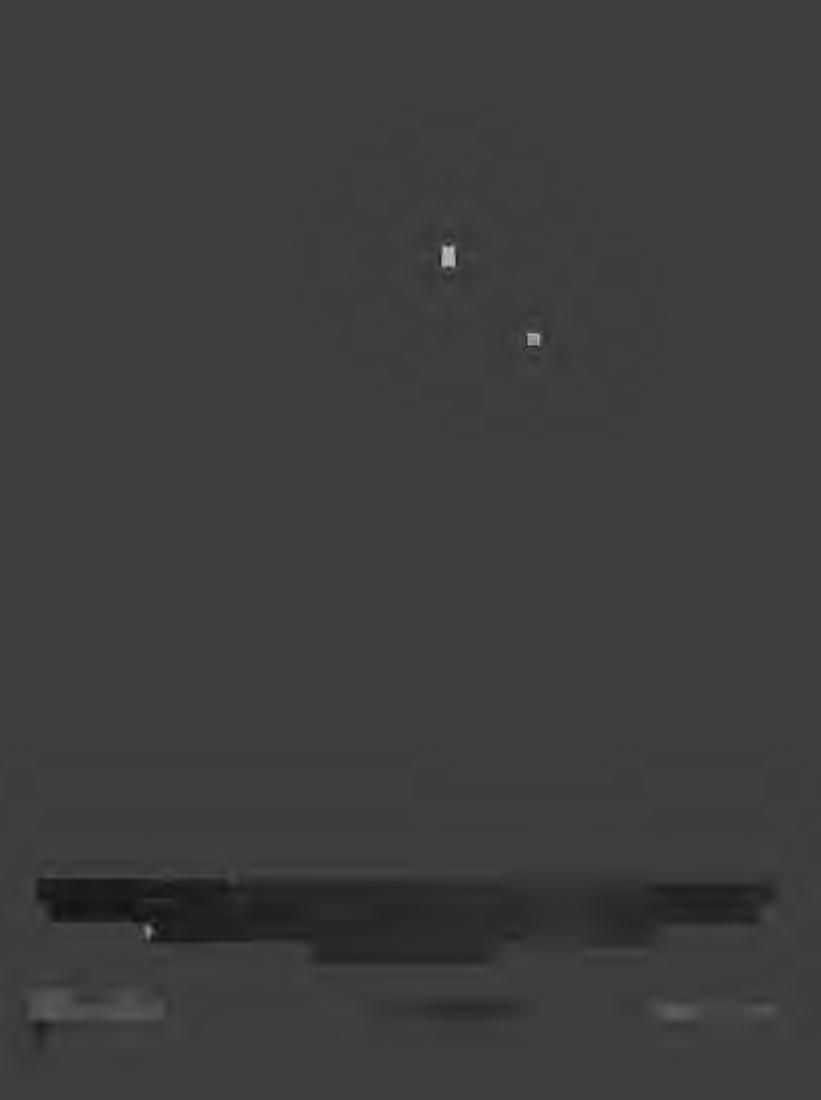
Photography is a dream -gesture, breath, silent glance, gentle hum of twilight, sensual arch of half-lidded eyes, tears of an old woman, hunger of anticipation, a twinge of regret, desire for •hope, and desire for peace in a sad and beautiful life - a memory.
I have found my home.
elizabethmessina(Vermont)
Messina, Ladakh, 1994
12
(original 20xi6" silver prints)
Messina, Rajasthan, 1994
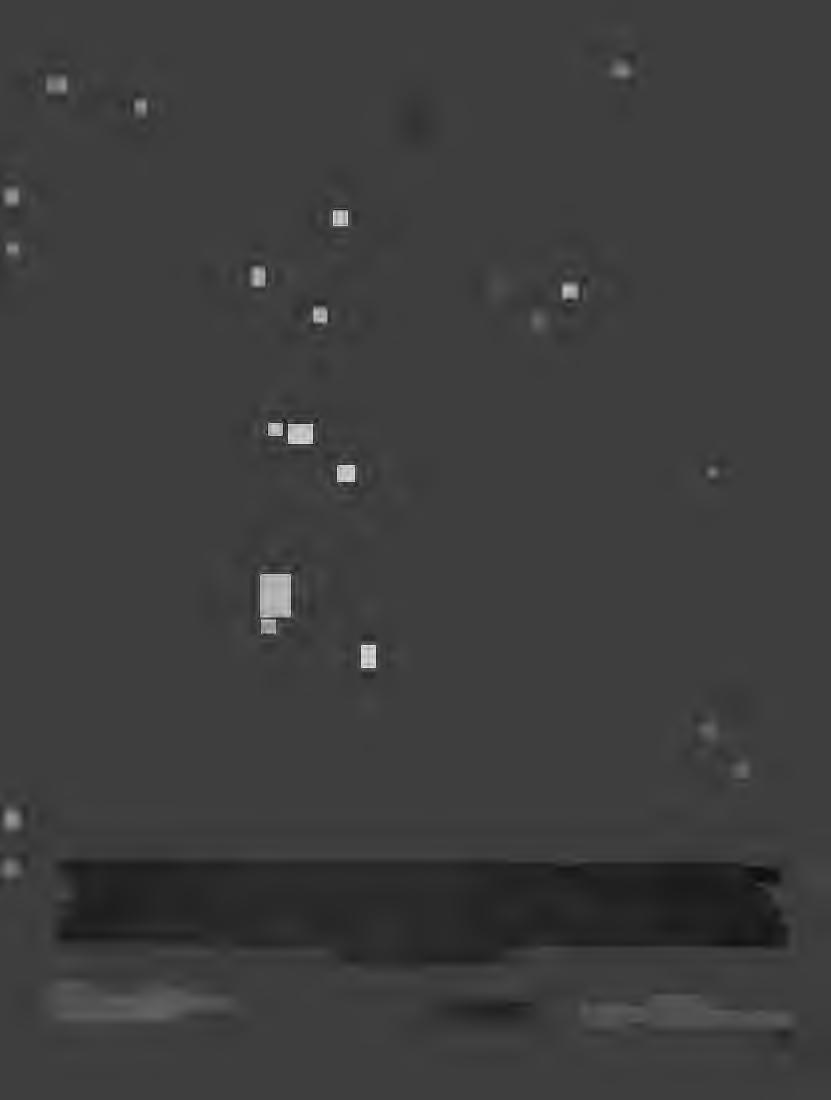
An addictive curiosity about the world in which I live has driven me to travel extensively over the last twenty years. My interaction with war zones or repressive political structures is a desire to understand the most difficult of human situations: greed, repression, death, poverty. These are a source for my images, but it is my search through the brambles of visual esthetics that brings me further.
mothy pershing
Pershing, 3 Brothers, I 994
(original 60x36" photographic emulsion on refrigerator door)
ti
(California)
13
Pershing, Ghost of Mostar, 1994 (original 60x96" photographic emul~ion on canvas)
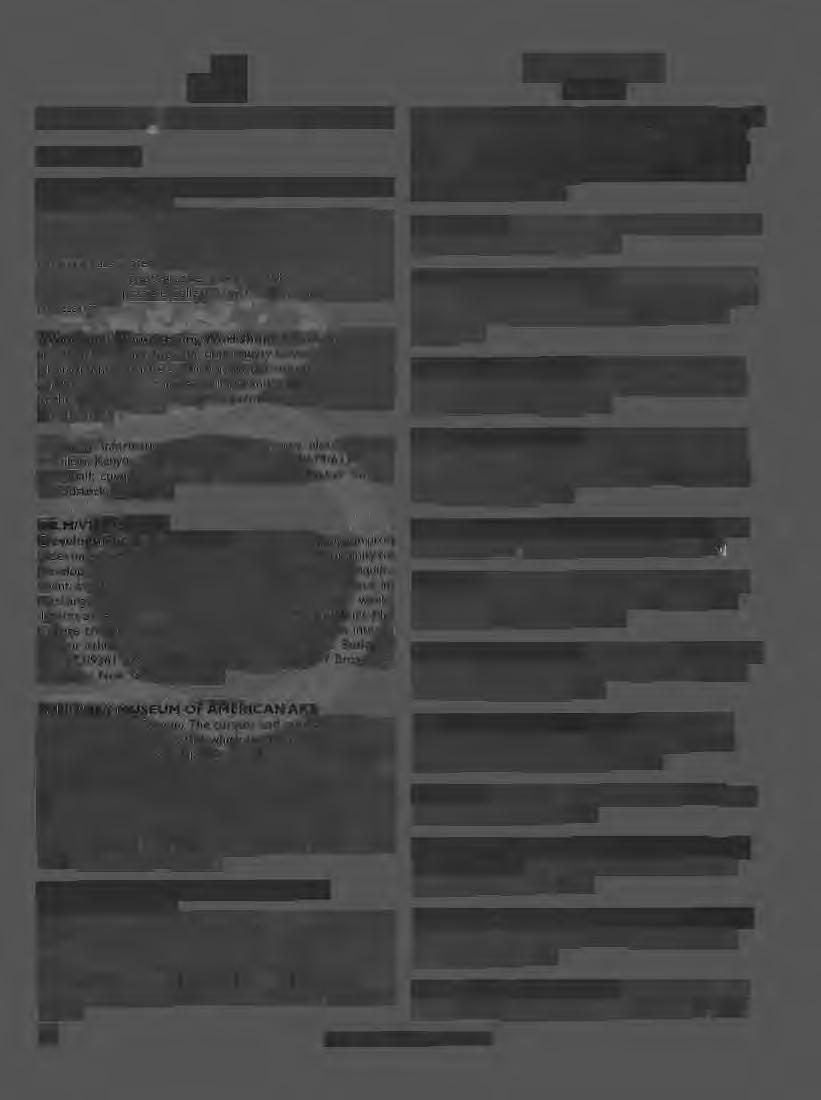
OPPORTUNITYKNOCKS / PROFESSIONALSERVICESFOROURREADERS
INTERNSHIPS
CENTER FOR PHOTOGRAPHY AT WOODSTOCK Arts Administration
This internship offers students a training opportunity that enables them to assist the Center staff in running a not-for-profit organization. Interns will learn business practices and fundraising strategies associated with an artist's space dedicated to serving contemporary photographers. Year-round opportunities are available with possible college credit. A personal interview is necessary.
Woodstock Photography Workshops
Individuals engaging in this program are given the opportunity to work with visiting photographers/teachers, which allow the interns, students, and teachers to share in their experience and learn a wide range of techniques in a June through September series. (Interviews March/April}
For more 'nforma,tion on these two services, pleast contact Kathleen Kenxon at 914/679/9957 (tel) or 914/679/6337 (fax), or en:iail: cpwphoto@aol.com, or CPW 59 Tinker Street, Woodstock, NY 12498
FILM/VIDEO ARTS
Development/Public Relations
This internship program provides independent film and video artists with the opportunity to develop their work by granting them free access to F/VA equipment, facilities, courses, and workshops on a stand-by basis i exchange for a minimum of sixteen hours of work per wee.I<. Interns assist in general arts administration responsibilities. No colle~e credits available. For more information on this internship 0r other opportunities please contact Duana Butler at 212/673/9361 (tel) or 212/475/3467 (fax}, F/VA 877Bro away, 2nd floor: New York, NY I 0003.
WHITNEY MUSEUM OF AMERICAN ARl"
IndependentStudyProgram
The curator and critical studies program provides a setting within which students pursue curatorial work, art historical scholarship, critical writing, and engage in ongoing discussions that examine the historical, social, and intellectual conditions of artistic production. This is a rich opportunity for students to engage in the studio program multi-media work with studio space in downtown Manhattan.Academic credit is available. For more information write or call the Whitney Museum, 2I2/431 / I 737, 384 Broadway, 4th floor, New York, NY I 0013. (Application due April I)
CEPA (CENTER FOR EXPLORATORY AND PERCEPTUAL ART)
This internship is offered to college and university students who earn academic credit and gain experience in exhibition installation, publicity, and promotion, membership and development; and not-for-profit arts administration. For more information, contact CEPA Gallery, 716/856/2717 (tel), 716/856/2728 (fax), email: CEPA@aol.com, 700 Main Street, 4th floor, Buffalo, NY 14202.
NOTED BOOKS
The Centerfor Photographyat Woodstock'slibrary is opento all individuals,free of charge,Thursday-Sundaynoonto 5:30p.m. Ve thankeveryonewhohasgenerouslydonated qualitybooksto thisholdingandwelcomenewadditions. Recentdonationsinclude:
PregnantNudes:PhotographsbyCatherineSteinmann,edited by FedericoMotta,Milan,Italy,1994.
EncontrosdaImagen:AColecfao,photographsby sixty-two artists,introductionsby JoseManuelMendesandMiguelvan HafePerez,ArtesGraficas,Porto,Italy,1996,Italianand Englishtext.
EncontrosdaImagen:10Anos,photographsby seventeen artists,introductionby AndreRouille,ArtesGraficas,Porto, Italy,1996,ItalianandEnglishtext.
Angels,AnarchistsandGods:PhotographsbyChristopher Felver,forewordby RobertCreeley,introductionby Douglas Brinkley,LouisianaStateUniversityPress,BatonRouge,LA, and London,England,1996.
Aperture:SharedLives:TheCommunalSpiritToday,issue editorPeggyRoalf,ApertureFoundation,NewYork,NY.
TheRouge:PhotographsbyMichaelKenna,introductionby EllenSharp,historicalbackgroundby LeeR. Rollins,Ram Publications,SantaMonica,CA1995.
ATwentyYearRetrospective:PhotographsbyMichaelKenna, prefacebyRuthBernhard,introductionbyPeterC.Bunnell, TaroKaneda,Tokyo,Japan,1995.
TheElkhornSloughandMossLanding:Photographsby MichaelKenna,introductionbyMarkSilberstein,Elkhorn SloughFoundation,MontereyBay,CA1989.
Matuschka,introductionby PeterSchlessinger,Mirror Image Printing,Birmingham,AL, 1994.
BlackMountainSchool/TheClub:Photographsandtextby FredW.McDarrah,prefacein collaborationwith GloriaS. McDarrah,NewYork,NY,1996.
ParallelLife/CelebratingFortyYearsofLightandShadow: PhotographsbyMaryPadua,SamsaraPrintingCompany, HongKong,China,1996.
AUser'sGuidetotheViewCamera,secondedition,by Jim Stone,AddisonWesleyLonyman,Inc., NewYork,NY,1997.
ol(
14
editor heidi ahrens
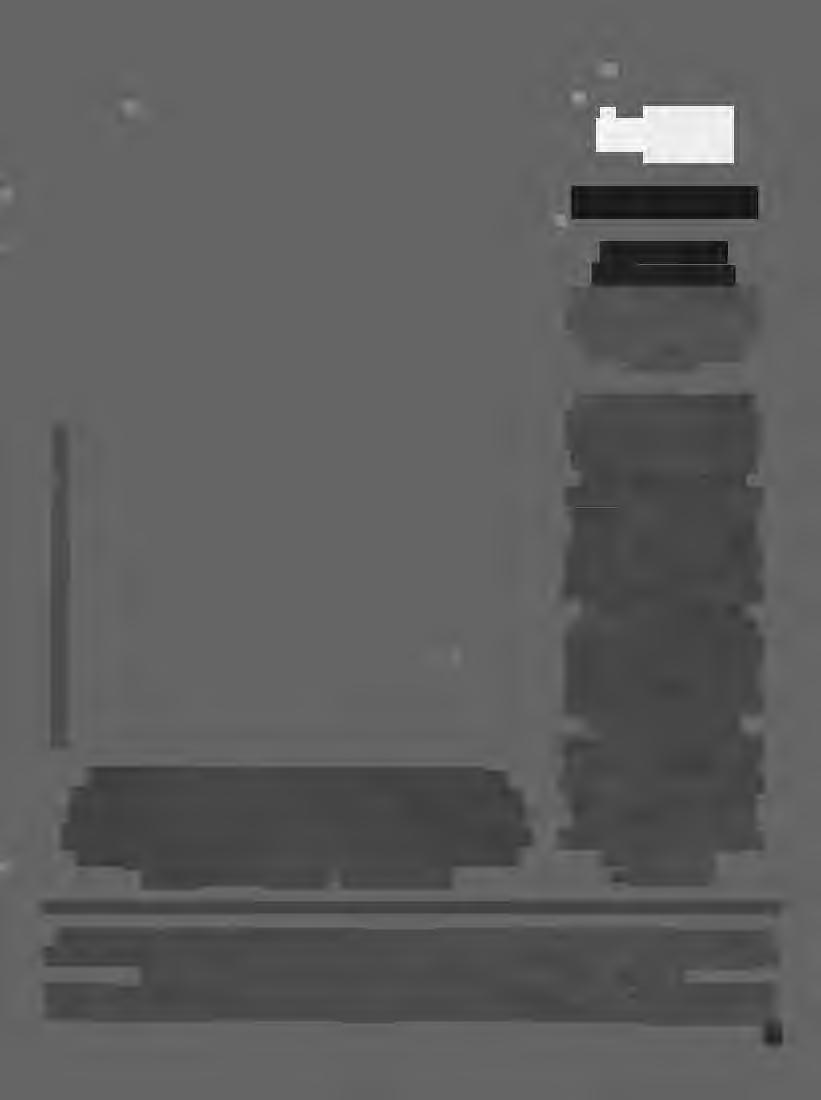
GwennThomas'recentworkexamineshowphotographyshapesour contemporaryperceptionofpainting.Theplayofpatternandspacewitha depthoffieldispreciselydescribedanddenied.LikeManRayandMoholyNagy,Thomas'workisachallengeto"straight"photographyandatthesame timeanhomagetoabstractpainters-includingMondrian,Charmionvan WiegandandSoniaDelaunay - JacquieLittlejohn
from the center slide registry
gwenn thomas
wasborn in RhodeIsland,studiedat the Sorbonnein Franceand CooperUnionin NewYork,has shownat GraceBorgenicht and John Webergalleries(NY),Paris, Geneva,Austria,Vienna,Cologne, and Brussels.
"Myoriginalintentionwasto make photographicpiecesin whichimages functionas solidpermanentobjects. I extendedthephotographwithpaint ontoa matandwooden·frame.I indicatethecontradictions: a flatwork on paperexistingwithina sculptural contextand,as such,takingon an additionalpresence.Thisworkhasled meto a progressiveinvolvementwith theframeas structureand presentation forthephotograph,and its use simultaneously as a bridgebetween photographyandpainting.By bringing intoquestiontheassumptions of how photographyworksandis perceived, myaimwasto exploretheconventions of picture/framerelationships. Worksbeginwithconstruction/collages of paperstrips,squares,andpacking tape.I thenphotographandprintthese on photo-sensitivelinen.Thenthese 'canvases'arestretched.Thework examineshowphotographyshapesour modesof perception."
-GwennThomas
TheSlideRegistryat theCenteris a selectedslidearchiveof contemporaryimagesemployingthephotographicmedium.It providesa bridge betweentheartistandnewaudiences,curators,collectorsandtheCenter,givingartists'workeasyaccessfor exhibition,collection,or study.From the registrytheCenterselectssoloexhibitionsandnow,wealsofeatureexceptionalimagesin our Quarterly Thisuniqueresourceis availableto artists,educators,students,collectors,curators,anddealers-by appointment-ThursdaythroughSunday, noonto 5 pm.Artistswhowishto haveworkincludedin theRegistryshouldcontacttheCenterfordetailsonthisspecialMembershipopportunity.
15
fromnegativestereotype
anexhibitionofphotographsbySirBenjaminStone,MP,1838-1914;ErnestDyche,c.1890-1970;ClaudetteHolmes,1962-;andVanleyBurke,1951-.
curatedbyPeterJames,PhotographyDevelopmentOfficer,BirminghamCentralLibrary;ClaudetteHolmes,photographer;andPhilippaGoodall,Director ofPhotography,WatershedMediaCentre,England
atouringshow,originatedin1993bytheBirminghamCentralLibrary,ofimagesdrawnfromthephotographiccollectionsheldinthelibrary
A Centerexhibition,May-July1991
FromNegativeStereotypetoPositiveImage bringstogethera selectionfromfourdisparate bodiesof photography,disparateinspace,time, intention,andexpression.Oneis fromthe end of the nineteenthcentury,anotherfrom the 1950s-1970s,and two are recent,but all are linkedby thethemeof photographicrepresentationandexpressionof blackexperience.
A chronologicalmodelhasbeenusedinthis essayfor the sakeof clarity,but all the images areentangledincomplexhistories.Theprogression impliedin the title of the exhibitionis not meantto implyprogresstowardmoretruthful representation,butto traceshiftsin theculture of photographicproduction,consumption,and the politicsof representation.Thegradualempowermentof peopleto controltheirowndestiniesandidentitieswithinthecurrencyof images hasbeena movefromthedominationof externalrepresentation; a movefromother-objectto own-subject.
SirBenjaminStone'sphotographspresent the visualarticulationof a nineteenth-century worldviewthatfounda majorlegitimizingexpressionthroughthe scienceof anthropology. Theypresentanarticulationof themovementof peopleand currencyof imagesin the flow of powerbetweenthecoloniesandBritain,theco16
lonial center. In the nineteenthcenturythe emerging discipline of anthropologywas couchedinthetermsofthebiologicalsciences. Evolutionism,progressionfromsimpleto complex,wasthedominantmodelof analysis.Based on comparisonandclassification,thiswasnot merelya physicalordering,for cultureandthe inherentcapacityfor civilizationwas believed to be biologicallydetermined.Thefar-reaching influenceof thescientificmodelhadanimmea-
"Portraits become types ... suggesting not the individual_ity of the sitter but the generality ... a specimen of either science ... or of fantasy .... "
surableeffecton popularrepresentationand perception, especially of non-European peoples.Otherphotographsin this exhibition confrontandinterrogatethislegacyin theirdifferentways.
Toproducephotographsspecificallyforanthropologicalstudy,subjectsweredisplayed, usuallyintwoviews,fullfaceandprofile,sometimeswithmeasuringapparatusto providedi-
reel scientificdata. However,usefulnessbecamedefinedlessby the creatingintentionof the photographthanby the natureof the subject matter.Theiconographyof this scientific referencebecameabsorbedas an accepted aestheticforrepresentingnon-Europeans,even for photographscreatedoutsidethe strictdemandsof science.
By the 1870sand 1880sthe perceptionof the marginalother,as an objectof studyand collection,wasfirmlyentrenchedinthecultural assumptionsandpowerstructuresof thecolonializingand henceinterpretingpowers.Portraits became types (the language of classificatoryscience),suggestingnottheindividualityof the sitter but the generality,as a specimenof eitherscience,as in Stone'sCaribbeanTypes,or of fantasy,suchas his Zulu Belles.It waslargelythroughthetracesof concretevisibilityofferedby photographythatthe abstractconceptof typewasmadefact.Photographywasusedto recordprimitivecustoms whoseveryexistencewaspresumeddoomed by themarchof evolutionaryprogress.Cultural practicesweresimilarlyclassifiedaccordingto evolutionaryprincipleandwereintegrallyconnectedwithwhatwasbelievedto be thephysical,psychological,andmoralnatureof different people.Thusphotographsbecamenotmerely
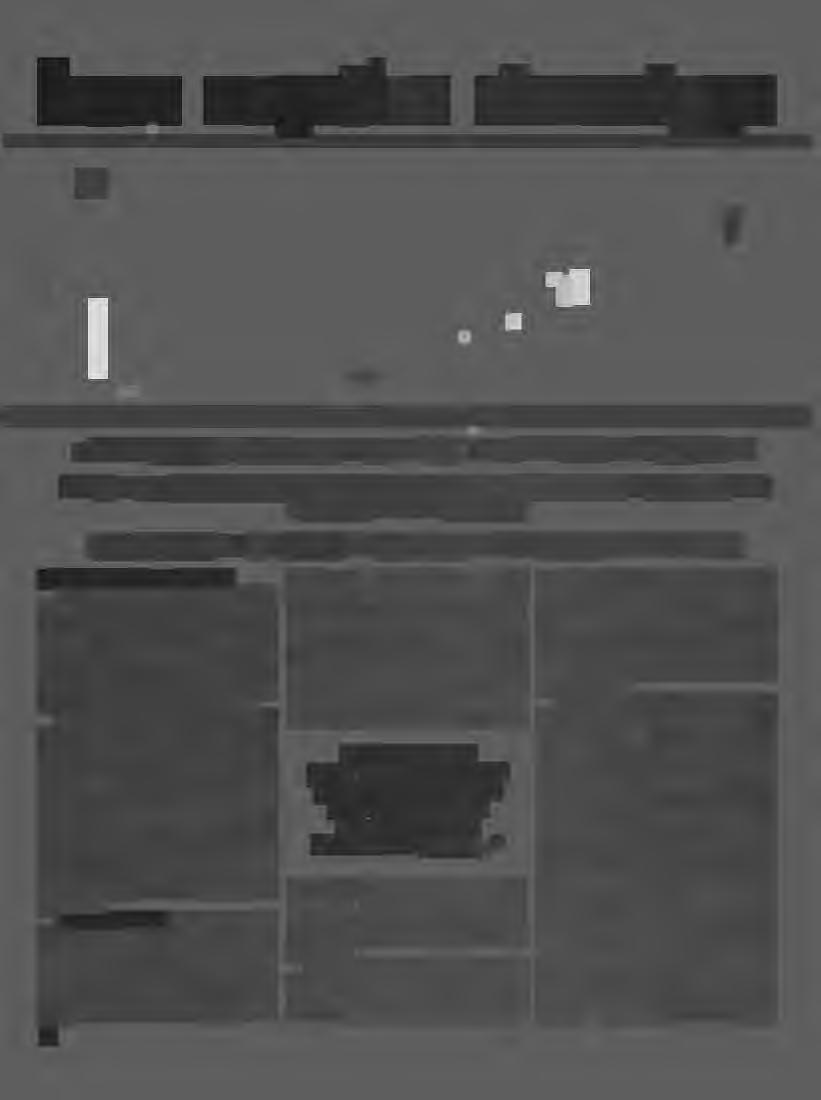 Ernest Dyche circa 1950-60s, 5x3" silver prints
Ernest Dyche circa 1950-60s, 5x3" silver prints
to positiveimage
eli.zabeth edwards rJ ; 1 '
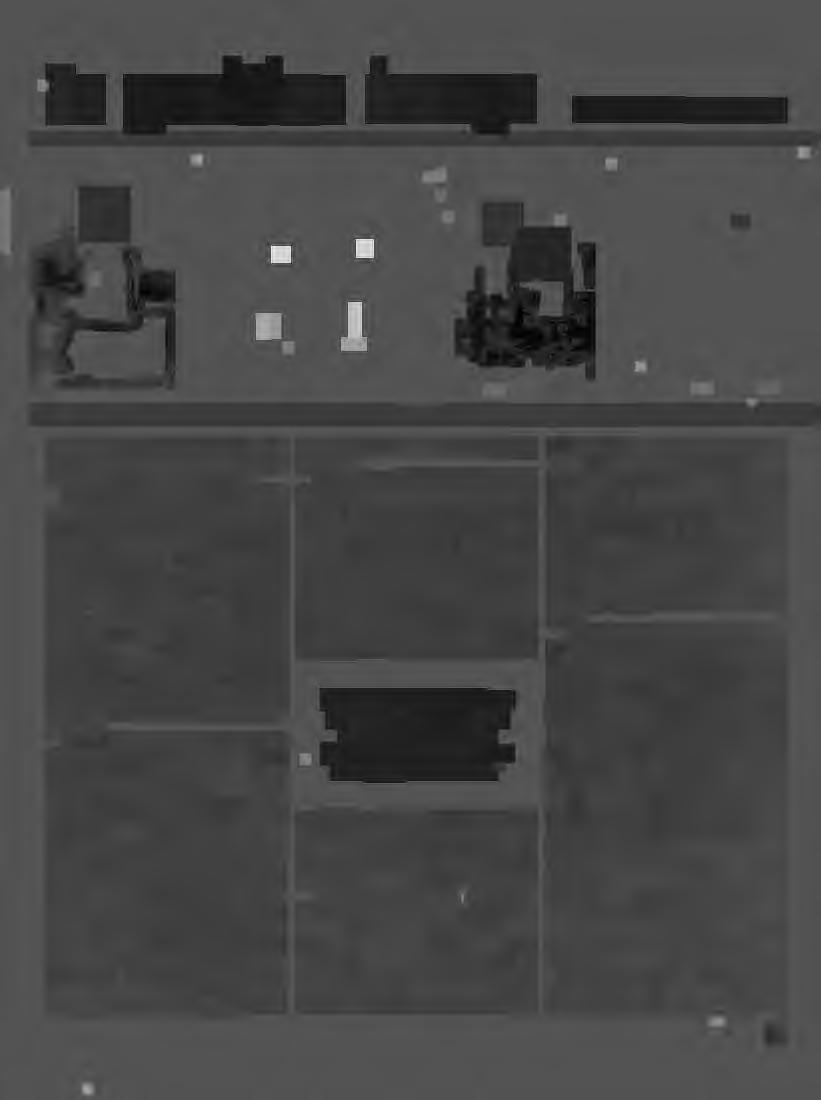
imagesof a reality,but manifestationsof the powerrelationsthatturnedhumanexperience and humanbodiesintoobjectsof study.
Theseideasand practicesweregrounded intheassumedtruthfulness of photography.So it wasthat Stone'sphotographscould be describedas treatingsubjects"in the best and most realisticway by meansof absolutely unfakedphotographs."The mediatingroleof bothphotographerandviewerwaserased-the photographwasthoughtof as "thesameto everyeye."Throughsuchmechanismsculturalassumptionsweregiventhe weightof scientific fact, whichin turn was linkedto the political agenda.Notnecessarilyan overtprocess,full of paradoxesandcontradictions, it wasneverthelesssustainedby scientifictheoriesthatlegitimated and normalizedassumptionsof superiority.
It wasin thiscomplexwebof ideasthatSir BenjaminStonecollectedpbotographs,made photographs,and embarkeduponhis monumental project TheNationalPhotographic Record.AllthefacetsI haveoutlinedarepresent in hiscollection.Yetalthoughtheyarepresented as a unifiedvision-The BenjaminStoneCollection-the materialactuallycomprisesthree differentsetsof work:commerciallyproduced photographsfromSouthernAfrica,commercial studioportraitsfromtheCaribbeanwhichStone bought,andStone'sownphotographsfromboth places.Eachsetwascreatedin differentcontexts,had differentvisuallanguages,and was the productof differentpoliticalrealities.They areconflatedintheintellectualframeworkof anthropologicalvalue,archivedas representing therealityof theculturesandplaces,a classifi-
cationthatclosedothercontextsand possible meanings.
Withinthegenreofjobbingprofessionalphotography,for instance,the studioportraitsof womenintheCaribbeanhavea strongindividuality.However,this is subsumedas the photographsenterStone'scollectionastypes,defined through visible difference, and captioned Negress,their personalcontainmenttransformedto distance.Thenegativityresidesinthe waythe imageswereused,not in the formof the photographsthemselves.The positivearticulationsof theseimagesare clearlyseenif comparedwiththecommerciallyproducedim-
"Dyche's photographs are paradoxical in that they present black people struggling to make sense of a new, alien world."
ageof Zulumenfighting,wherethestereotype is articulatedthroughthephotographitself.It is a consciousconstructionofsavagery,produced for a Europeanmarketto conformto andthus confirmtheperceptionsof blackAfricanculture. Stone'sown photographsof his travelsin SouthAfricaandthe Caribbeanaremoreambiguous.Intheirsnapshotappearancetheyboth revealand conceal,for at one leveltheyarea recordof a journey,but hiddenawayare the politicsofthecolonialencounter.Sometimesthe photographsallowa whisperof the silentobserved to reachus overthe culturaldistance
thatis inscribedthroughthetension,bewilderment, and (sometimes)amusementin their gaze,paradoxicallyin wayswnichnowprompt a returngazeof incomprehension.OnewondershowStoneandhisdaughterDorawereperceived.Yetembeddedin theculturaldistance, enforcedby the camera,arethe politicalrelationsthatmadepossiblethemakingofthephotographsandtheirarchivingasobjectsof study. Whatis significantisthatalltheseimageswere perceivedas beingdocumentsof comparable status.
Thephotographsin this exhibitionstandin aninterestingcounterpoint to Stone'smajorphotographicproject,whichrecordedthecustoms of Britain,manyof whichwereseenas ancient survivalsfroma paganorpeasantpast.Assuch theywereperceivedinthesameframesasthose of culturesandracesdisappearingthroughthe marchof rationalprogress.Englishcustoms werepresentedas positivetradition,survivals of anearlierevolutionarystageof Englishness, yetoneintimatelyconnectedwithnationalidentity,an identitythat was partlydefinedby the differenceof others.Stone'scollectionof nonEuropeanpeoplesmightthusbereadasa counterpointto Englishness.In the archivethey becomehomogenized,markedasother,bythe culturalandbiologicaldifferenceforwhichthey stood as types. It was this differencethat quintessentiallyremovedthemfromanauthenticityof Englishness.Seenin thisway,Stone's famousand extraordinaryphotographof the Batwapeoplevisitingmembersof Parliament in the Houseof Commonsin 1906becomesa visualplayingoutof thecounterpoint. It isa momentof intersectingevolutionary,historical,and
l J,
Ernest Dyche circa i 950-60s, 5x3" silver prints
17
spatialframes.The childmenfromthe forest,in the sailorsuits,areconfronted with the motherofParliament,itselfdocumente,dby Stone in anthropological terms,standingfortheevolution of civilized liberty. Evolutionary theory is playedouton multiplelev- ~.~Y•:$;~~ els in this photograph.Its narrativeswouldfill a book.
I have dwelt at some length on Stone'sphotographsbecausetherestof theexhibitionis a response to and confrontationwith the stereotypingproduced bythearchive.Suchstereotypinghasbecomenormalizedinpracticesasdiverse as photojournalismand tourist imagery.To equatenineteenth-centuryracialtheorywith late-twentieth-centuryracismissimplistic.Nevertheless, it is the persistenceof crudeand reductivenotionsof cultureandracethatformthe substanceof personalandinstitutionalizedracism in the latetwentieth-century, for suchvalues havebeenabsorbedand reproducedin popularconsciousnessand reworkedthrough the political,social,andeconomicspecificsof eachhistoricalmoment.
Againstthis backdropthe workof Edward Dyche'sstudiophotographs,madeinthe1950s and 1960s,marka crucialpoint of fracture. Despitetheirunassumingsurface,theyare,for me,thepivotalimagesinthisexhibition,forthey representthe resonancesof the diaspora experience,documentsofanotherspatialmovement,newlymigratedpeopleen routeto new identities,yet imbuedwithlossand nostalgia. Dyche's photographsof smallchildren,apprehensivecouples,andthe economicselfof nurseor bus conductorare paradoxical in that they presentblack peoplestrugglingto make senseof a new,alienworld. Yetthe visuallanguageof the jobbing studio constructssuccess,whereformalconventionsofframing, posing, positioning of props,and use of cultural markersleadto a universalizedpresentationof public self.
Furthermore,the sharp individualityof theseportraitsis in tensionwiththeir superficial visual
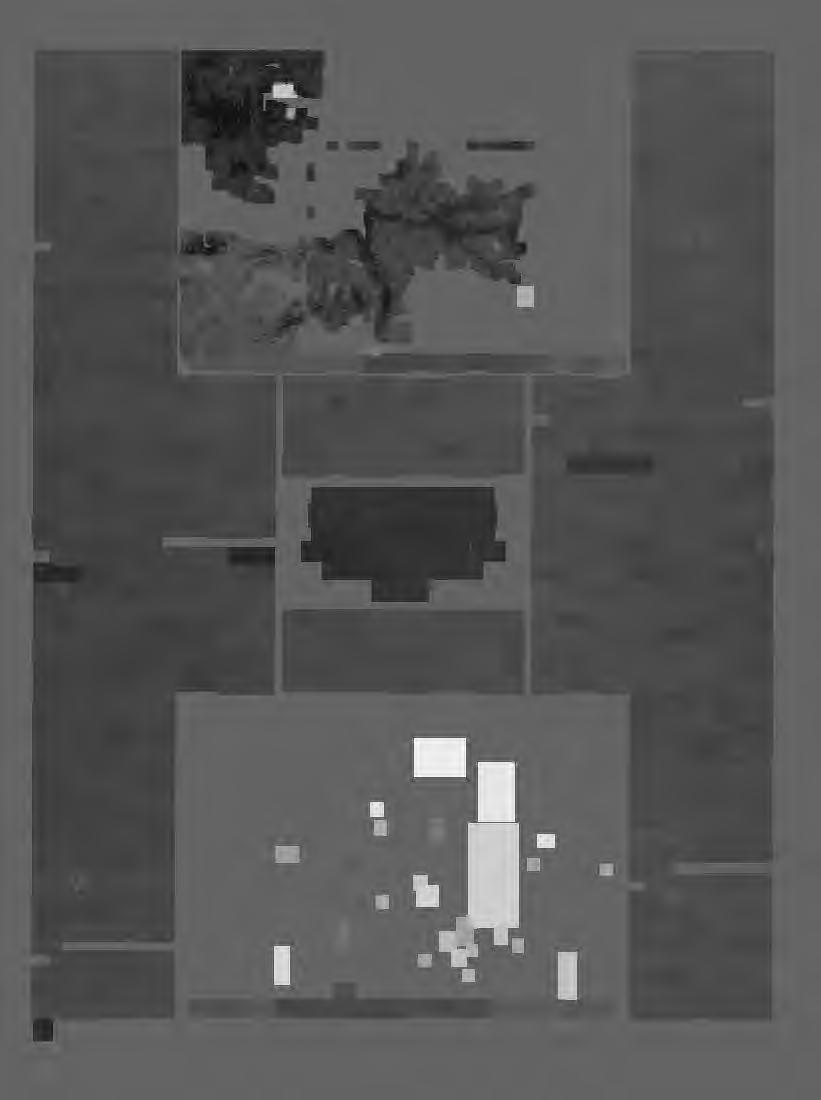
spondencewiththe typeweseein Stone'scollection,and it makesus awareof the political andculturalmechanismsthatappropriatedimagesintootherdiscourses.Dyche'simagesdisplay an alarming potential. But struggling throughthisnegativityis anotherreading,born
"the child-men from the forest, in the sailor suits, are confronted with the mother of parliament ... the evolution of civilized liberty."
ofthetensionsofself-presentation,longing,and belonging.Theseimagespresentidentitiesremakingthemselves.Beneaththesurfaceof lost identities(Dyche'srecordsweredestroyed)and the redolentmaterialdetail,thereis a positive
statementto be communicatedto theoutsideworld. It goes deeper than the public faces. It is that of blackhistoriesandhistories of being in Britain, that doubleconsciousnessthat PaulGilroyhasanalyzedto sucheffect.Manyof these photographswere probably send-homepictures. As such, they were intended to communicate acrossspace,linkingthese newidentitiestootheridentitiesand places.Although the visuallanguageis potentiallyparadoxical,these unassumingpicturesare the rawmaterialof collectivememorythatcoheresin theirpublicgaze;theyaretellinghistoriesstrugglingwithandusingformalconventions.
Likethenamelessvisitorsto Dyche'sstudio, weall havedifferenthistoriesfordifferentoccasionsand at differenthistoricalmoments.As such,VanleyBurke'sphotographsof black people'slives in Birminghamin 1993-1994 presentuswitha differenthistoricalnexusand a differentconceptualspace,thatof sensibility and innerexperience.A generationlaterthan thoseof Dyche,Burke'sphotographsarean intenselypersonal,understatedexplorationof a settledcommunityin Britishsociety,absorbed in livingoutits variousinternalidentities.It is a positiveimageof quietconfidence,of belonging. The photographspresentsomethingbeyond and less tangible than their surface appearanceof socialdocumentarygrounded in classictheoriesof realism.Indeed,thechallengeto the regimesof truthof documentary realismhasbeencentralto the agendaof black photographyoverthe lasttwo decades. Burke'sphotographs do not dwell on political confrontations, although political and economicundercurrents emerge in careful reading-the jobs peopledo, the detail of urban landscape.
Thepowerof theseimagesisintheirveryordinariness here the particular doesnot standfor an undifferentiatedwhole,butthe totallyordinary,unremarkablenatureof differenthistories establishes the parametersthatgiveshape
corre- Sir Benjamin Stone, The Pigmies from Palimentary Scenes and Portraits, circa 1990s, silver print 8xi0"
18
to people'slives. They are communicated througha sharplyintuitiveframingthatfocuses ••attentionandmovesunderstandingbeyondthe purelydenotative.As a bodyof photographic work,theseimagesarethe resultof a cogent, coherentapproachthatintentionallymoldsthe inevitablefragmentsinto a narrativeunity throughwhichsubtledifferentiationsareallowed to emerge.Theyarenotself-consciouslyphotographic;rathertheycomefrominnerreflection,whichallowsthesubjectssimplytobe on theirownterms.Theyprovidevisualincisions in a re-formedlanguageof realismthatcanonly comeof deepunderstandingand knowledge. Burke'sphotographsallowus to discoverwho peopleactuallyarethroughtheiractingout of theirdailyexperience.
ClaudetteHolmes'sworkrevealshowthese issuesmight be addressedthroughanother photographiclanguage,thatof expressivevisualquotationand metaphor.Again,herwork centersaroundthetensionsofblackexperience ofalienationandbelonging.Departurefromthe precisionof realistphotography,inwhichallthe otherbodiesofworkaregroundedinsomeway, allowsher imagesto functionas a projective probe.Yettheirmeaningis unmistakable;we are presentedwith strongmetaphoricalclosures.In hermontageseriesHolmesconfronts the collecting and classification of black people'sexperienceas a scientificobjectof study,usingphotographsformbothStone'sand Dyche'scollections,recenteredtoestablishdifferenthistories.As a base-motifthe seriesof photo-montagesusesa pageof an albumin theBritishMuseum.Onthispagearepasteda printof a studioportraittypeinscribedLucknow Immigrantandtheskeletonof a leaf,objectsof scientificinterestof equalweight.Usinghistoricalphotographs ofblackpeople,namelessand dateless,Holmeshasfracturedthe physicality of the photograph,tearingit and presenting it emergingfromtissuelike an unveiling.This standsas a symbolanda refusalof thekindof collectionandclassificationwehaveconsidered earlier.Juxtaposedarestrongimagesof black peoplein 1990sBritain,namedandparticularized-for example,PogusCaesarandhisson Sean.In placingtheseimagesin classicEnglishlandscapesby classicEnglishartistssuch asTurner,Holmesconfrontsnotonlytheimages themselvesbutthe environments of theirconsumption.Further,the imagesmightbe seen asclosingtheveryoppositionof blackandauthenticEnglishthatI arguedin Stone'scollection.At oneleveltheseimagesare,likeBurke's, the articulationof subjectiveposition;butthey alsospeakto thecollectiveexperience,about belonging,beingsettled,andaboutbeingblack and British.
In conclusion,the imagescannotbe read throughaneasyessentialismofblackexperience
Burke's photographs do· not dwell on political confrontations, although political and economic undercurrents emerge in careful reading
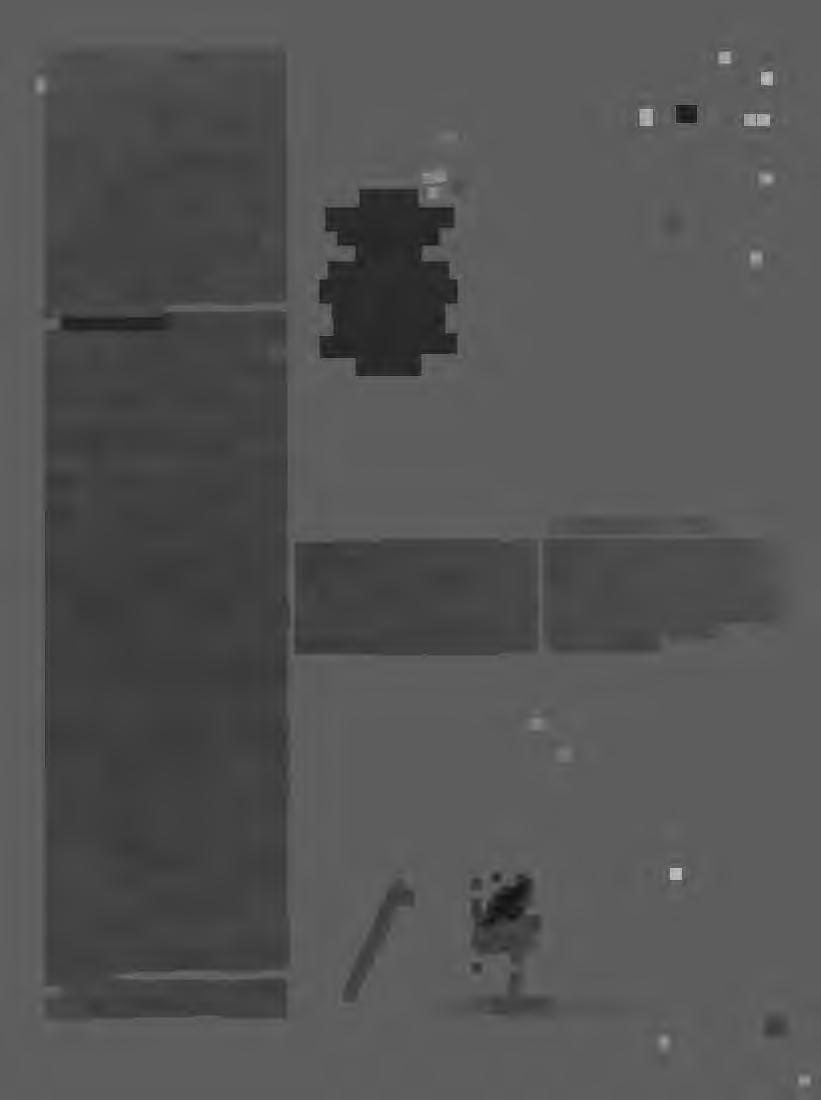
on one handor photographicpracticeon the other.I havetriedto positionrelationshipsbetweensurfaceappearanceanddepthof reading.If thereis a linearprogression, it is fromthe objectofgaze(andscientificcuriosity)to subjectsofexpression.Modernconcernshave alertedustothepluralityofperspectivesthatare
integrallylinked-multiplediscoursesandmultipleidentities-andtothehistoricallyspecificyet diverseshapeof photographicdiscourses.The fundamentalrichnessofbringingtogetherdifferent and perhapscontradictorywaysof telling helpsusunderstandmultiplicities.
-ElizabethEdwards
Vanley Burke, I 994, silver print, 14x 11"
19
Vanley Burke, Binningham, 1994, silver print 11x 14"
"Holmes
has fractured the physicality of the photograph, tearing it and presenting it emerging from tissue like an unveiling."
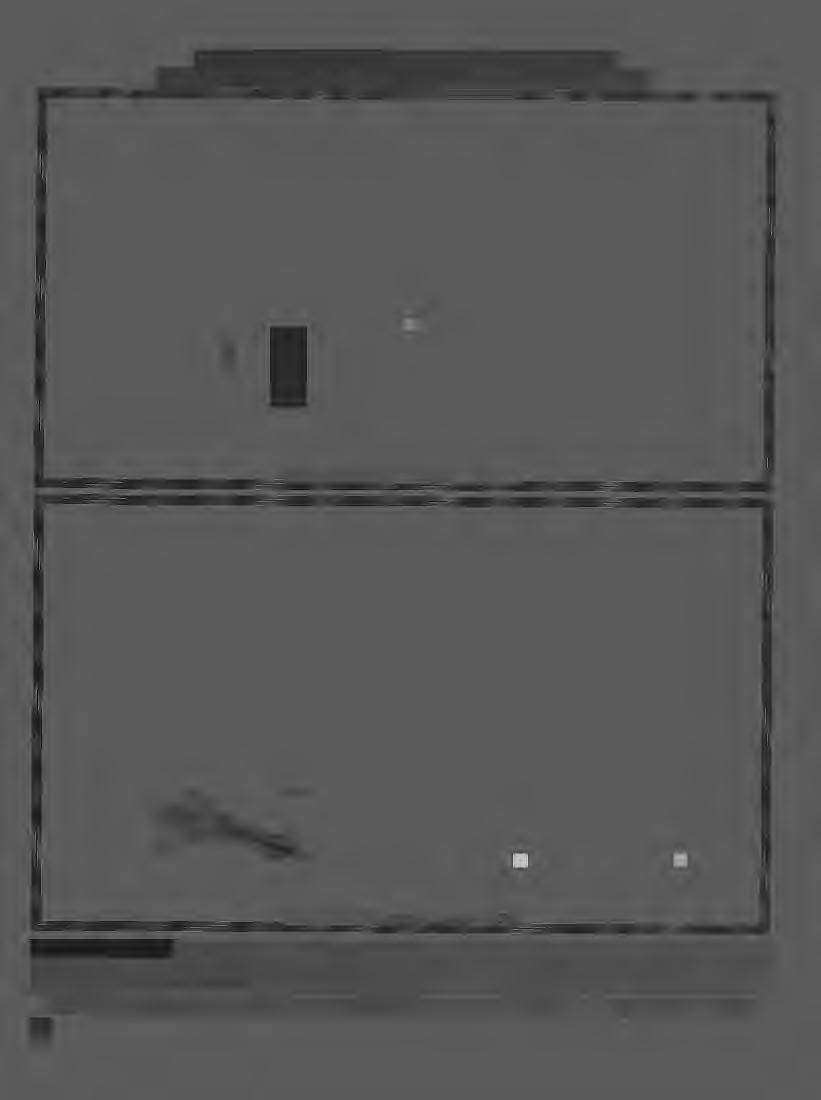
ELIZABETHEDWARDSworksas writer,lecturer,and curatorin criticalhistoryand theoryof still photographywithinvisualanthropology. A historianby training,her interestsincludeissuesof photographicrepresentation,the historyand currencyof anthropologicalimagery,and early photographyin the Pacific.Sheis basedin Oxford,wheresheis responsiblefor theextensivephotographiccollectionsat the PittRiversMuseum. Forfurtherinformationaboutthis touringexhibitioncontact:WatershedMediaCentre,1 Canon'sRoad,Bristol,EnglandB81STX,Tel:0117927 6444
Claudette Holmes 1993 (36x30" diptych, original in color)
Claudette Holmes 1993 (36x30" diptych, original in color)
20
-silviamalagrino'stestimony
"Fragments reveal. .. a jumbled catalogue of personal possessio_ns-shoes, letters, eyeglasses-the remajns of bodies at once vulnerable and resistant."
siobhan somerville
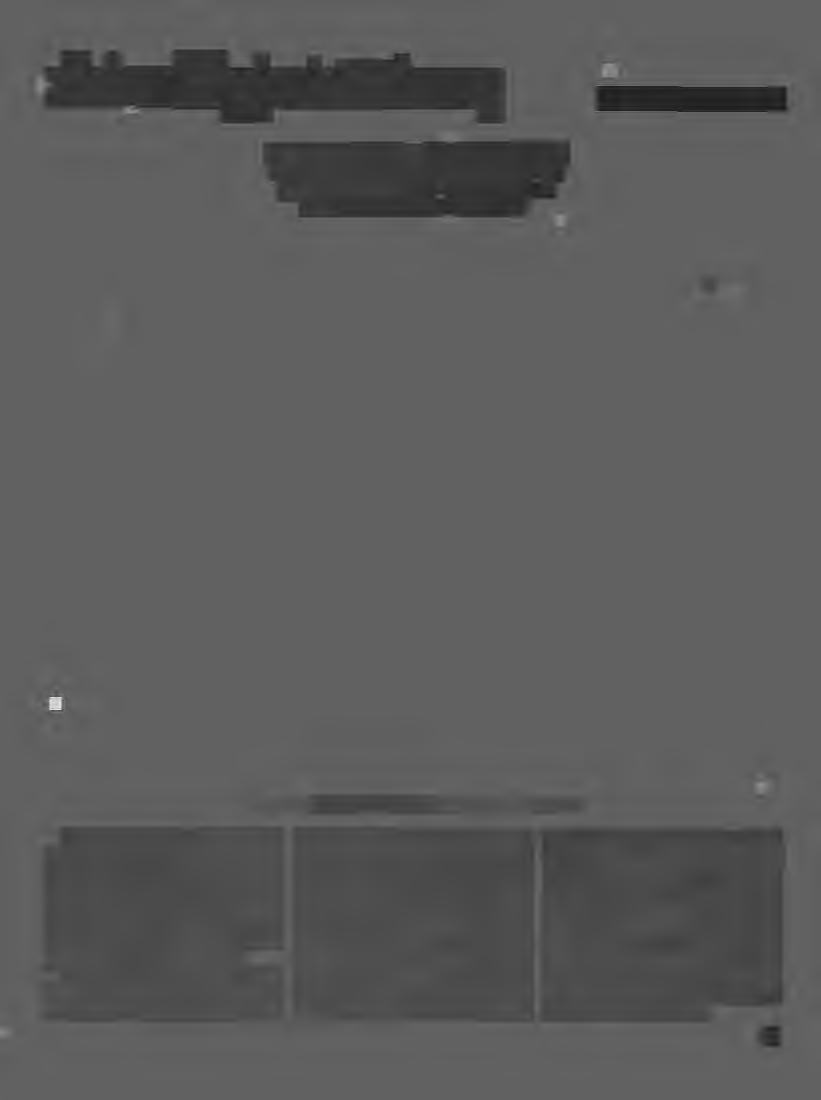
No longerunderstoodas the transparent documentationof an authenticpast,history can now be seenas a selectiveprocessof preservationandomissioninwhichabsences and gaps "speak"as loudlyas that whichis included.Yettruthandhistory,howeverideologicallyshaped,haveprofound,and often devastating,materialrepercussions.
Questionsabout the complex relationshipsamongconstructionsof the body, materialculture,and politicalideologypeNade
SilviaMalagrino'sinstallationInscriptionsin theWarZone.Combiningphotographsand text to suggestthe heft and solidityof absence,particularlythe absenthumanbody, Malagrino'simagesreturnagain and again to elusivetracesandfragments:a fingerprint, a bloodstain,the imprintof a face on cloth. Throughher attentiveframingof theseremnants,Malagrinomovinglyassertsthebody's centrallocation-and dislocation-inthedeploymentof politicaland territorialviolence.
Words,likephotographicimages,areshown to be vestigesalso. In onetriptych,Pulsing UndertheSurface,words are heaped togetherlikebodiesin a massgrave,mangled almostbeyond recognition.Fragmentsreveal,in one panel,termsfor inflictingbodily pain;inanother,thenamesof bodyfluidsand toxic chemicals;and in another,a jumbled catalogueof personalpossessions-shoes, letters,eyeglasses-theremainsof bodiesat oncevulnerableand resistant.
Silvia Malagrino, Pulsing Under TheSurface (detail) from ln.scription.s,1993, 30x40"
21
The"warzone"of Malagrino'stitle is both literaland metaphorical,individualand collective.In part it refersto the historyof Argentina,whereMalagrinowasbornandfrom whichshe emigratedin 1978.In the period of Argentina's"DirtyWar,"between1971and 1983almostninethousandpeoplewere"disappeared"throughstate-sponsoredterrorism.In TheSouthMalagrinodrawsuponthis specific historicalcontextby depictingthe tatteredphotographspostedby LasMadres de la Plazade Mayoas a testamentto their abductedlovedones.Malagrino'swork refersto specifictraumas;it alsoevokescorrespondences among the histories and technologiesof otherwars. In their emphasisonthe accumulationof vestigesof persecuted bodies,these imagesalso summon, for instance,Nazi concentrationcamps or
photography,particularlyhowthisapparently scientific(asopposedto "artistic")useof photographyis constructed.Theseworksaskthe viewer:Whatis real?Whatmakesus believe or denyan imageand the storyit tells?Why do we trustone imageand not another?
By exploringthe conventionsof forensic photography,Malagrinoreappropriatesthe officialvisualdiscoursesof the stateand its authorityto documenthistoryand"truth."She attemptsto resistthe layersupon layersof erasureupon whichofficialhistoryhas depended.Herworkexposesthe visualtechnologiesof the stateas notsimplygathering information"for the record"but insteadactively producingevidencefor its own constructionof history.Appropriatingthe cool, investigatorytone of "crime scene" photographs,Malagrinomarksthe spacesonce
occupiedby now-lostbodies.The"facts"presentedmayor maynot be fictional.If the official record has historically refused to producefactsandevidenceof itsowncrimes (for instance, of the disappeared), then Malagrinois (in part)doingjust that-creating evidence,andthereforememory,on behalfof the absentbodies.
Althoughsheemphasizesquestionsof absenceand loss,Malagrinorefusesa stance of nostalgia.She offersher viewernot the comfortof reclaiminglostbodies-an impossibletask-but ratherthe attemptto record and claimtheirabsences.Oneaerial"crime scene" indirectlyrefersto the Argentinean military'spracticeof dumpingbodiesof the disappearedinto the ocean.At first glance this photographseemsto presenta precise, scientificallyannotatedmap of the scene.
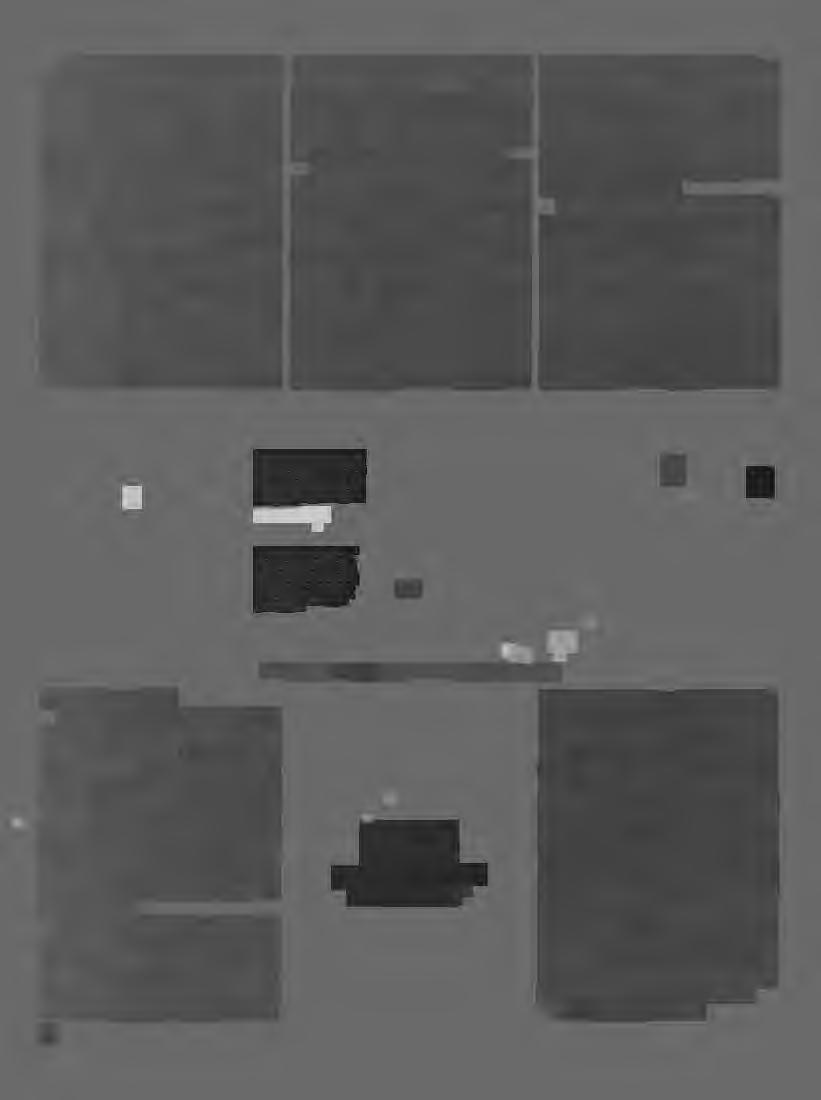
Cambodiankillingfields.
In TheHuntMalagrinojuxtaposesdifferent "found"representations-text,twentiethcentury photographs, and an ancient carving-which,whencombined,producea narrativeabouta historyof violence,about the urgeto representit and the dangersof doing so. Alwaysself-reflective,Malagrino askshowphotographyandthephotographer are implicatedin the violenceof this "hunt." Throughher work,she asks to what extent sheand hermediummightplaya partin resistingthis history.
Malagrino'sphotographsposefundamental questionsaboutthe natureof evidence and documentaryphotography,about who controlswhat is seen and what is known. Muchof the workcollectedin Inscriptionsin theWarZoneexploresthe genreof forensic 22
"The facts presented may or may not be fictional."
Malagrino provides no actual reference points.Thisspotof oceancouldbeanywhere. Further,it is impossibleto locatea specific pointon the surfaceof the ocean,whoseareas can only be mappedand measuredat its depths. In its ambiguity, this image movinglysuggestsanddocumentsotherhistoriesof loss:Africanslaveswhoperishedin the treacherousmiddlepassage,or oceanbornerefugeesattemptingto fleewarsinVietnamor Liberia.Whetherthisimagemarksthe exactplacewherebodiesweredisposedof or drownedis besidethe point.Insistingon the productiveusesof memoryfor political intervention,Malagrino'sworkurgesusto recognizethepermanenceof lossesandthe importance of creating-even fabricating -evidence in orderto rememberthem. - © 1996SiobhanSomerville
Silvia Malagrino, The Hunt, 1994, 20x53" silver prints mounted on panel
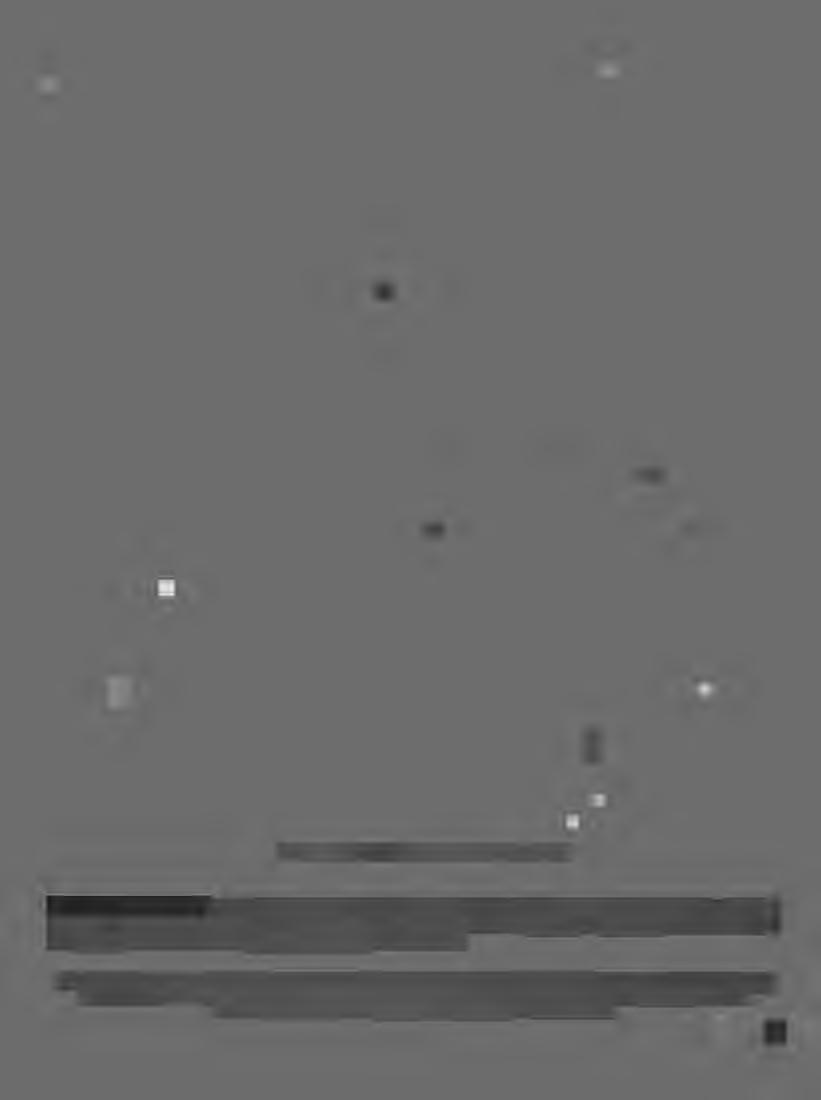
SIOBHAN SOMERVILLE,an AssistantProfessorof Englishand Women'sStudiesat PurdueUniversity,Indiana,hasbeenan instructor (literatureand film) at WilliamsCollegeand YaleUniversity.Sheis completinga bookthat exploresthe intersectingconstructionsof race and sexualityin late nineteenth-and earlytwentieth-centuryAmericanculture.
In the Center'sKodak gallery,September- December 1996,Solo SILVIAMALAGRINO,TESTIMONYfrom INSCRIPTIONSINTHEWARZONE, an installationwith video involving issues of political violence, exploitationof naturaland human resources,and questionsof survival. The work amalgamatescritical thinking, poetry,metaphor,and documentation.
Silvia Malagrino, The South, triptych (one of three), silver print box 40"
23
DONORS
Gail Albert Paul Greenberg
LilyAloma Adele Aron Greenspun
Stephen Althouse Terry Haas
Nicholas Argyros
F.Peter Arnold
Rebecca A. Asente
Avery Foundation
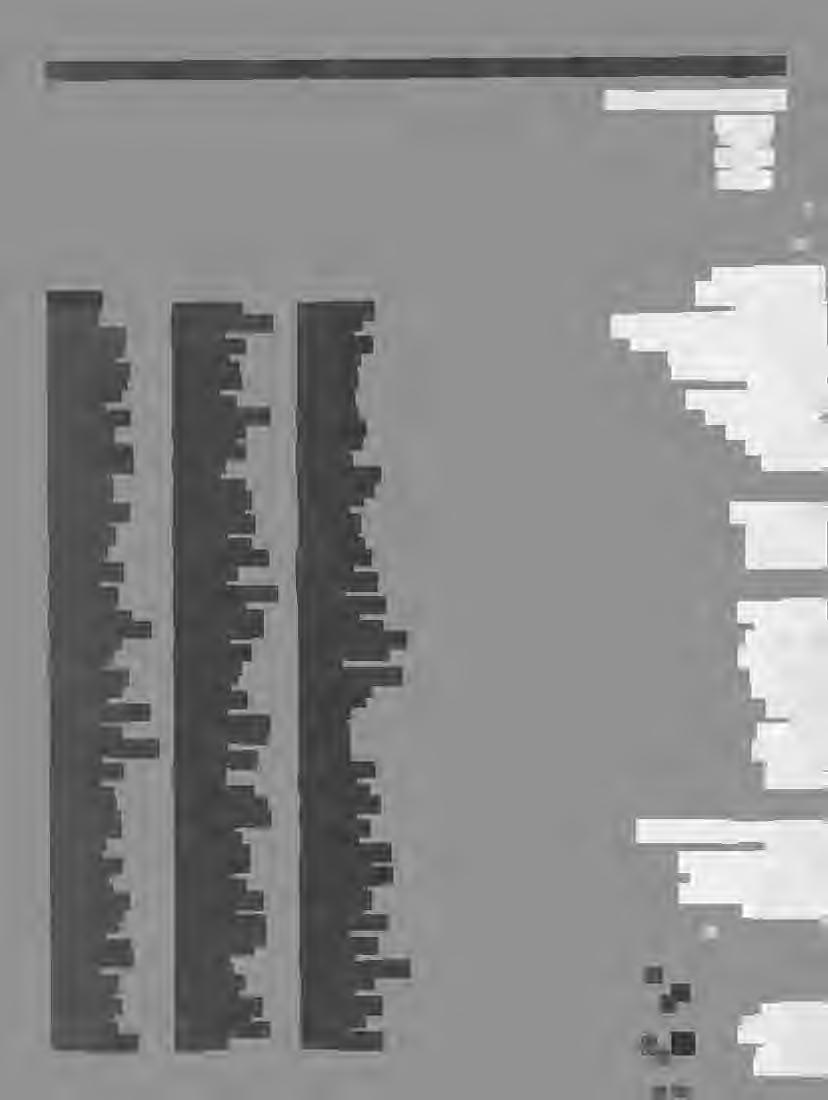
Linda L. Hackett
David J. Hall
Sue Hartshorn
Stuart Hawkins
Gordon Baldwin Rollin Hill
Eve Barocas
Bernard B. Bartick
Norton Batkin
Bruce Bennett
Nan Standish Blake
Cecilia Hirsch
Ann Ginsburgh Hofkin
William Hooper
David Horton
Mark K. Horton
Marianne Bernstein W.M. Hunt
Jessica Boyatt Kenro lzu
Joe Brazen, Sr. Kristin Jacobson
Karen Bucher
Philip A. Burzynski
Tony Butcher
SuzanneJacobson
Rachel N. Jeraffi
Kristen B. Johnson
Ray Camofano John Jordan
Kristin Capp William R. Jorden
Ellen Carey Greg & Louise Kandel
Philip Cavanaugh
Donna Kaplan
Tom Clark David Karp
Martin Cooper Peter & Barbara Kenner
George Cross Colleen Kenyon
A. Anthony Culver Kevin & Jane Kenyon
Bernice Halpern Cutler
Ronald Da Silva
Terry Dagradi
Jacob Davis
Kathleen Kenyon, Sr.
Doug Keyes
John J. Kindred Ill
Arie Kopelman
Nancy A. Delaney Kerri E. Kress
Penelope Dixon Ken Lassiter
Peter Doyle Rebecca Lawton
Douglas C. JamesTrust
Gail LeBoff
John Dydo Dr. Arline J. Lederman
Denise Eagleson
SusanaTorruella Leval
Eastman Kodak Company Ron Levine
Peggy Eliot Ellen & David Levy
Wendy Erickson Janis Lewis
Will Faller
Joan Mack
Sarah Fawcett Alan D. MacKellar
Richard Felber
Abigail Feldman
Henry Feldstein
SusanFerris
Ejlat Feuer
Sallie De Ette Mackie
Melinda Mary Maguire
Tom Mallone
Tanya Marcuse
Richard Margolis
Stephanie Feuer Marker Tek Fund
Cheryl Finley
Terence Ford
Collette Fournier
Benno Friedman
Betty Marks
Michael Mazzeo
Felicia D. Meggihson
Michael Mehl
Sheva Fruitman Elliott & Mimi Meisel
Julie Galant
Richard Meisinger,Jr.
Gisela H. Gamper Elizabeth Messina
Edward Garbarino
Larry Gay
Robin Gneiting
Toby Gordon
Marc Miller
Susan Miller
Jeffrey Millstein
Peter Miraglia
Elizabeth Grant Joseph M Montagna
Frances Gray Stacey P.Morgan
Christy Green Ann Lawrance Morse
Howard Greenberg Andy Moss
Kitty McCullough
Lynne Murdoc
Rajiv Nanda
Marjorie Nichols
Dana Osborn
Mary Patania
Dan Patelson
Ann Paterra
Richard Paul
Joyce Perkins
Thomas Pfeffer
Sandra Phillips
Jose Picayo
John Placko
J. Randall Plummer
John R. Podracky
Patricia Pruice
Stan Raf/es
Lilo Raymond
Patricia Reiff
Anne E. Rosen
'~rnestine Ruben
fay Runyan
Kathy Ruttenberg
Joan Sage
Catherine Sebastian
Scott Selders
Will & June Selders
Sherwood L. Samet, M.D.
Norman S. Sarachek
Julie Saul
Steven H. Schoenberger
Sharon Seligman
Vincent Serbin
Anna Shaw
Jim Sheen
Ken Shung
Paula Shur
Alan Siegel
Gary Mark Smith
Jon D. Smith
Richard Stamps
Horst A. Staudner
Chuck Stern
Nancy Surdoval
Loren Talbot
Fannie Louise Tapper
John Thompson
John M. Thompson Ill
Adrian Throop
Gioia Timpanelli
Guy Tremblay
Dawn Mitchell Tress
Aileen Tse
PeggyAnn Turner
Joel Waters
Steven & JessicaWechsler
LaineWhitcomb
PamWhite
Jeffrey Wittenstein
TonyWoolner
Kevin York
Susan M. Zingrone
CENTERFORPHOTOGRAPHYATWOODSTOCK/ 59 TINKERSTREET/WOODSTOCKNEWYORK12498/ T 914 679 9957f 914 67.96337 EMAIL:CPWPHOTO@AOL.COM




 diana stoll
diana stoll











 Ernest Dyche circa 1950-60s, 5x3" silver prints
Ernest Dyche circa 1950-60s, 5x3" silver prints







